
Anti-aging breakthroughs you need to know
Thanks to advancements in science, technology, and medicine, there’s a good chance you’ll probably age better than your parents. So if you’re not already aware of or implementing these things in your life, you might want to start.
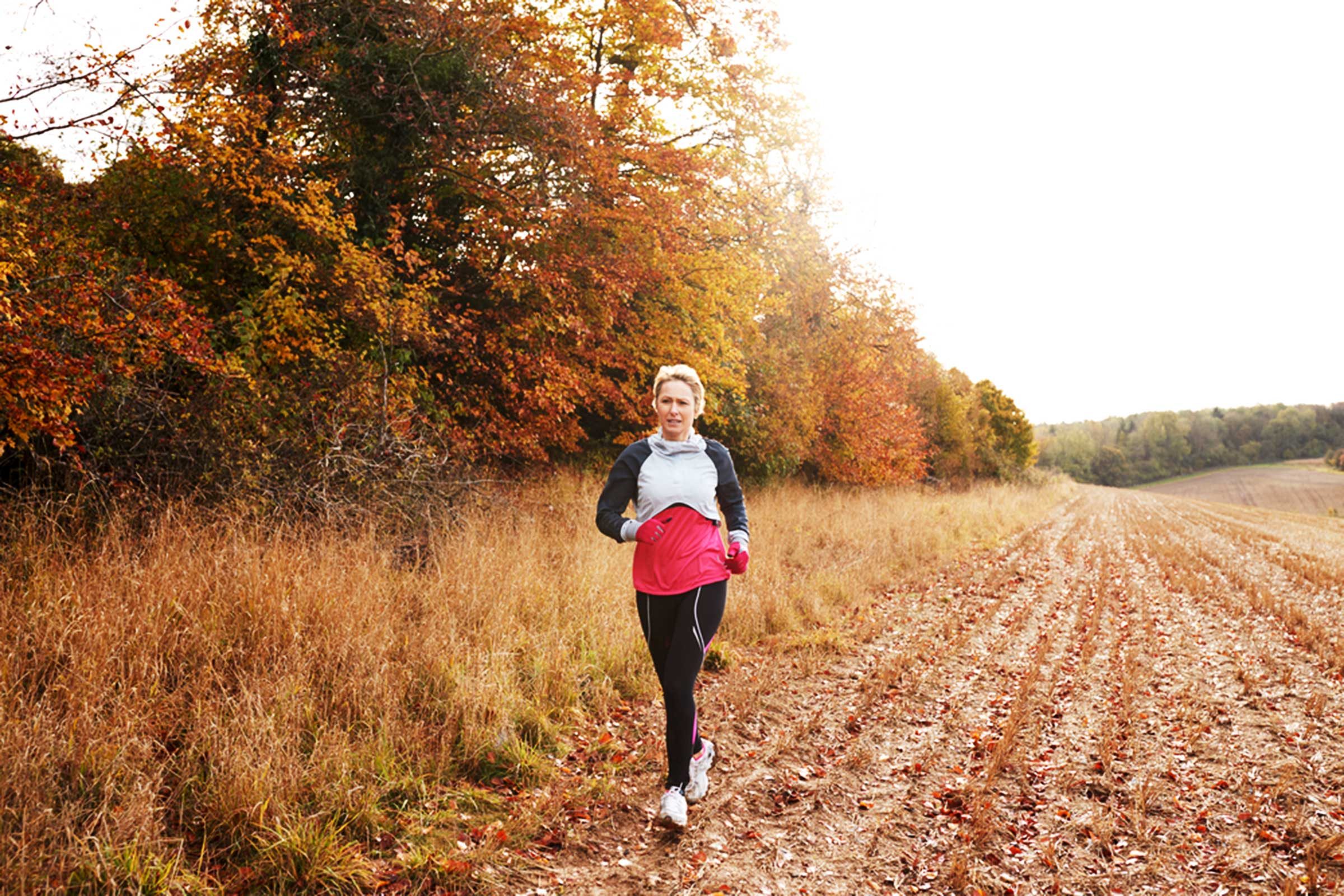
More exercise
Getting older doesn’t have to mean becoming frail and disabled. You can have a great quality of life well into your 80s despite getting older. The push for more exercise throughout your life can actually have benefits later on. One Canadian study showed that octogenarian athletes had 30 per cent more motor units in their leg muscle tissue—resembling the muscles of people decades younger on a cellular level—than older people who were sedentary. So, we now realize that a decline in muscular health as we age is not inevitable. “We know the benefit of fitness at every age,” says New Jersey-based dietitian Erin Palinski-Wade, RD, CDE, author of Belly Fat Diet For Dummies.
Here’s the best exercise to flatten your belly, according to science.
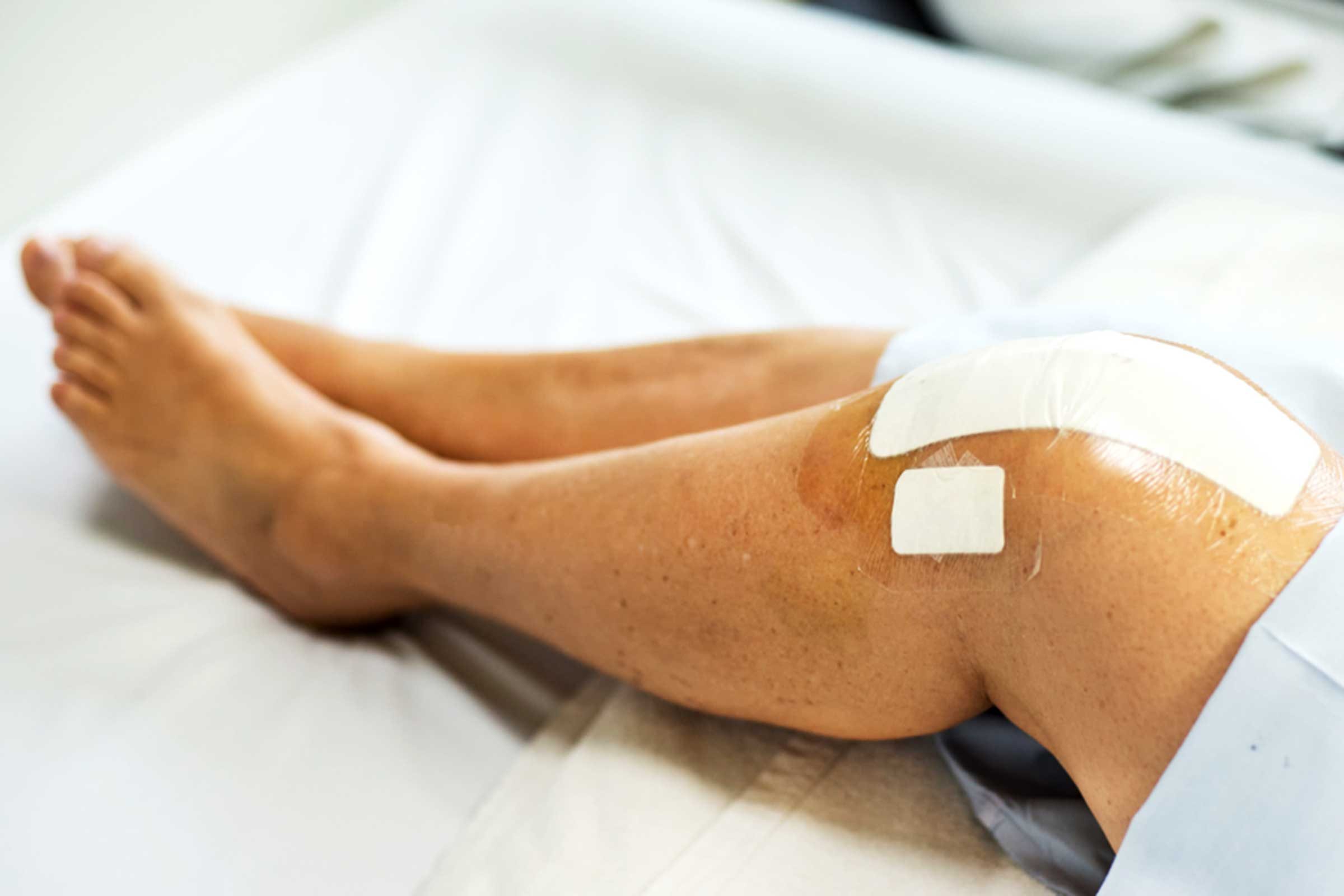
Better joint replacements
Joint replacements as we age are increasingly common, due in part to more older people seeking to maintain an active lifestyle. A University of Iowa study found that total knee replacement surgeries have more than doubled in the past 20 years. And thanks to better materials, surgical techniques, and recovery protocols, the rate of success is high. According to the American Association of Hip and Knee Surgeons, 90 per cent of joint replacements will still be working well after 20 years. “Better, more durable implant materials, as well as the ability to achieve ideal implant alignment, combine to improve the function and extend the service life of both hip and knee replacements,” says Dr. Andrew Glassman, MD, chair of the Department of Orthopaedics and chief of adult reconstructive surgery at The Ohio State University Wexner Medical Center.
Discover the health benefits of fish oil.

A new attitude toward growing older
The old adage “age is just a number” turns out to be true: A better attitude toward getting older can actually help your physical health. A Yale study found that older people with more positive self-perceptions of growing old measured up to 23 years earlier than those with less positive self-perceptions. As society as a whole starts recognizing this, a new and better attitude will actually help us extend not only our lifespan but our “health span,” the amount of time we’re healthy. “It’s common sense that if you think about aging as being in crisis and decline, that is what will show up,” says Anthony Cirillo, FACHE, ABC, president of the healthcare consulting firm The Aging Experience. “Likewise, if you look at it as another chapter in your life, a quality chapter that brings new experiences and fulfillment, that is what you will attract.”
Watch out for the signs your body is aging faster than you are.
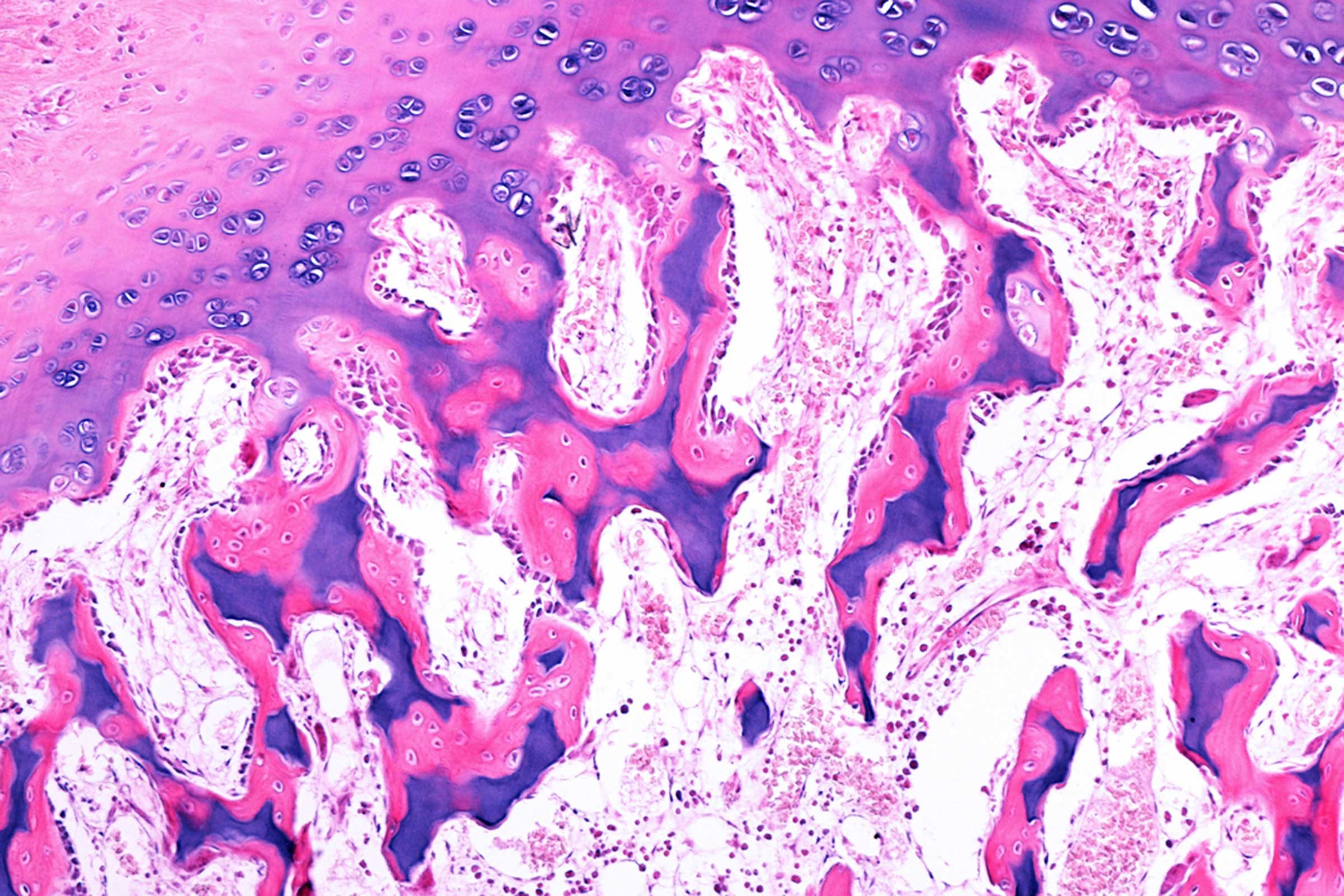
Improved cartilage solutions
Even better than joint replacement are the improvements in ways to repair the body’s own cartilage. “Multiple advancements in cartilage restoration are available now in the U.S., and others are in clinical trials with the anticipation of being available in the future,” says David Flanigan, MD, an orthopedic surgeon at the Ohio State University Wexner Medical Center. One technique, he says, involves harvesting and growing the patient’s own cartilage cells to create a scaffold, then implanting it for new cartilage tissue to grow around. Another uses grafts from donors, which are now able to be kept viable longer, allowing them time to reach the recipient. Plus, “these advanced procedures often allow surgeons to replace the focal damaged cartilage through smaller incisions than the past that can improve patient recovery,” Dr. Flanigan says. “All of these procedures are allowing patients to regain function and quality of life, and hopefully delaying the arthritic process within the knee.”

More plant-based food
Just as our knowledge of the benefits of physical activity has increased, so have we learned more about nutrition. “The two most important things that determine healthy aging are the lifelong diet and exercise programs that people choose to engage in,” says Pinchas Cohen, MD, Dean of the USC Leonard Davis School of Gerontology. “A diet richer in fruits and vegetables and lower in animal products and processed foods is critical.” One Harvard study showed that women in their 50s and 60s who ate more plant foods, whole grains, and fish, and fewer red and processed meats, were 40 per cent more likely to live past 70 without chronic illness. “A diet rich in pulses—including lentils, chickpeas, beans and dry peas—has been linked to reduced cholesterol and a lower risk of heart disease, certain cancers, and obesity,” says Palinski-Wade. As our diets shift to more plant-based foods, we’ll live better longer.
These are the healthiest vegetables you can eat.
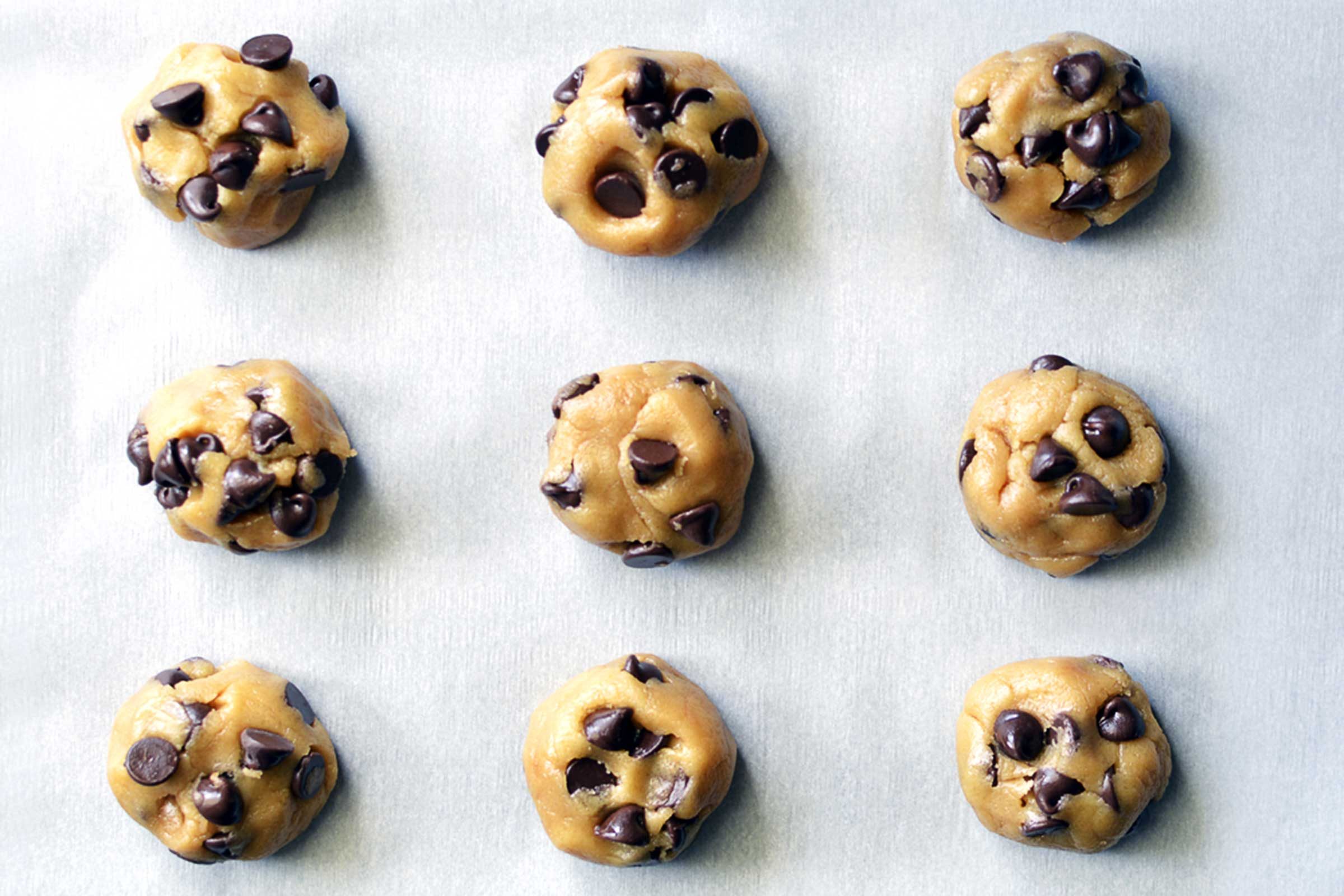
Greater understanding of which foods are bad for us
As we continue to examine how foods affect our body, we’re realizing that certain foods, like fat and eggs, might not be as bad as we thought. “We now know eggs are not off limits—a study published in the Journal of the American College of Nutrition shows that up to one egg per day is associated with a 12 per cent reduction in the risk of stroke,” Palinski-Wade says. Also, not all fats are created equal. “We now know trans fats and added sugars in the diet can be more detrimental to our health than saturated fats,” she adds. In fact, sugar may be the real culprit behind negative health outcomes as we age. “Sugar and starchy vegetables, such as potatoes, rice and corn, are good to avoid, particularly for people who are prone to diabetes,” Dr. Cohen says.
Consider adding these heart-healthy foods to your everyday diet.
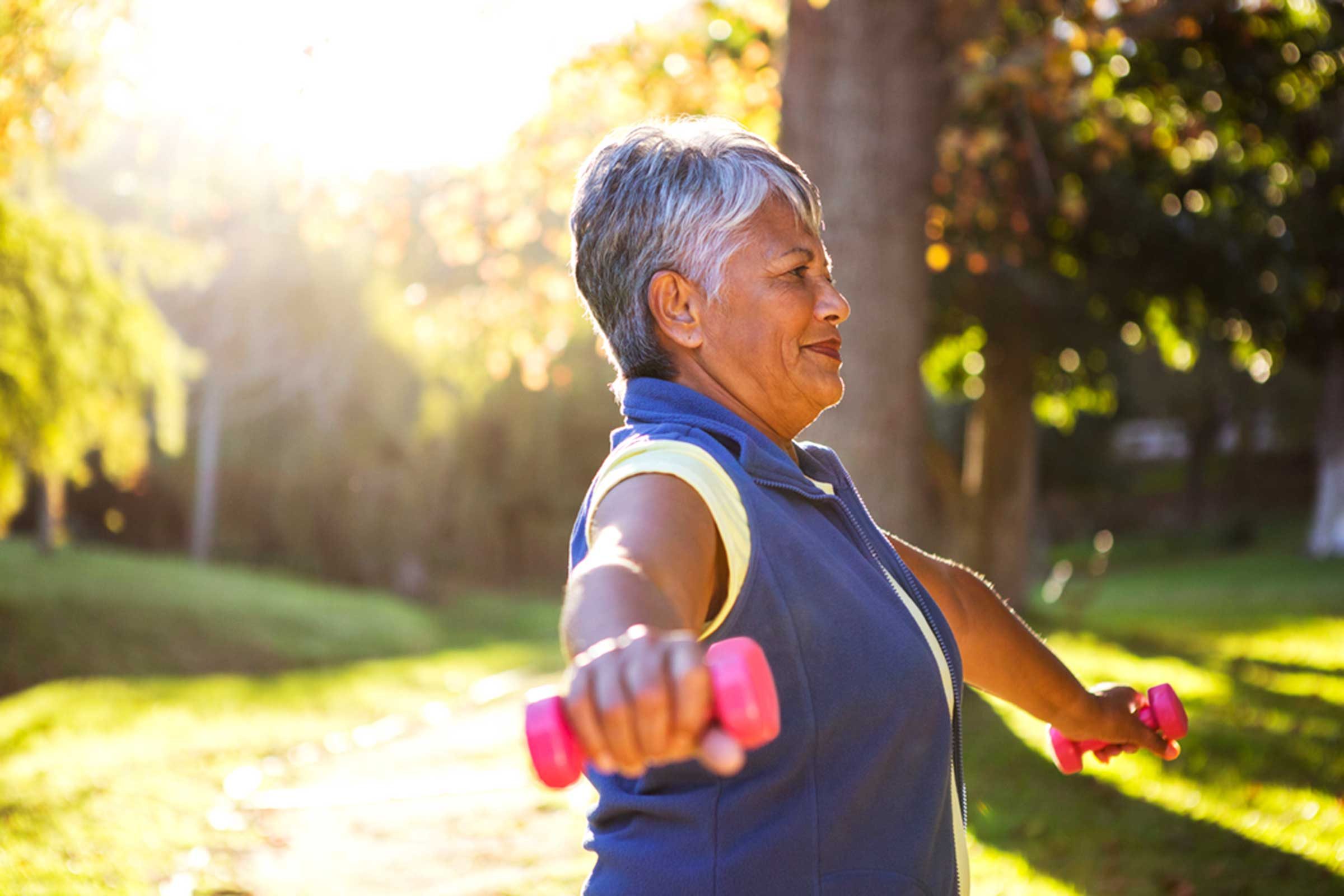
More effective exercise
Along with exercising more, we’re starting to learn the types of exercise that are most beneficial for our health. “There is still debate about this, but both aerobic and weightlifting exercises have been shown to be important and should both be utilized,” Dr. Cohen says. “Adding yoga or other activities for maintaining balance, such as tai chi, is also important and should be started early in life.” Palinski-Wade agrees that along with simply moving more, the benefits of strength training for bone health are clear. “A focus on strength training to increase muscle strength, balance, and fight against bone loss boosts not only cardiovascular health but fights against osteoporosis and fall risk as we age,” she says.
Pack your diet with these metabolism-boosting foods!

Making cells young again
Exciting research in cell decline might actually lead to a fountain of youth for future seniors. University of California—Berkeley bioengineer Irina Conboy, PhD, has pioneered this research. “We have shown for the first time that mammalian tissue aging is rapidly reversible through a youthful modification of blood circulation,” she says. It’s not young blood itself, but rather changing old blood to make it more like new blood that could theoretically reverse the decline. In addition, the discovery of what Dr. Conboy calls “youthful re-calibration of key cell signaling networks” to repair older tissues is leading to new drugs that could be on the market soon. “We expect a fast path toward FDA approval to treat a class of age-imposed tissue degenerative and metabolic diseases,” she says.
Never ignore these potentially dangerous skin changes.
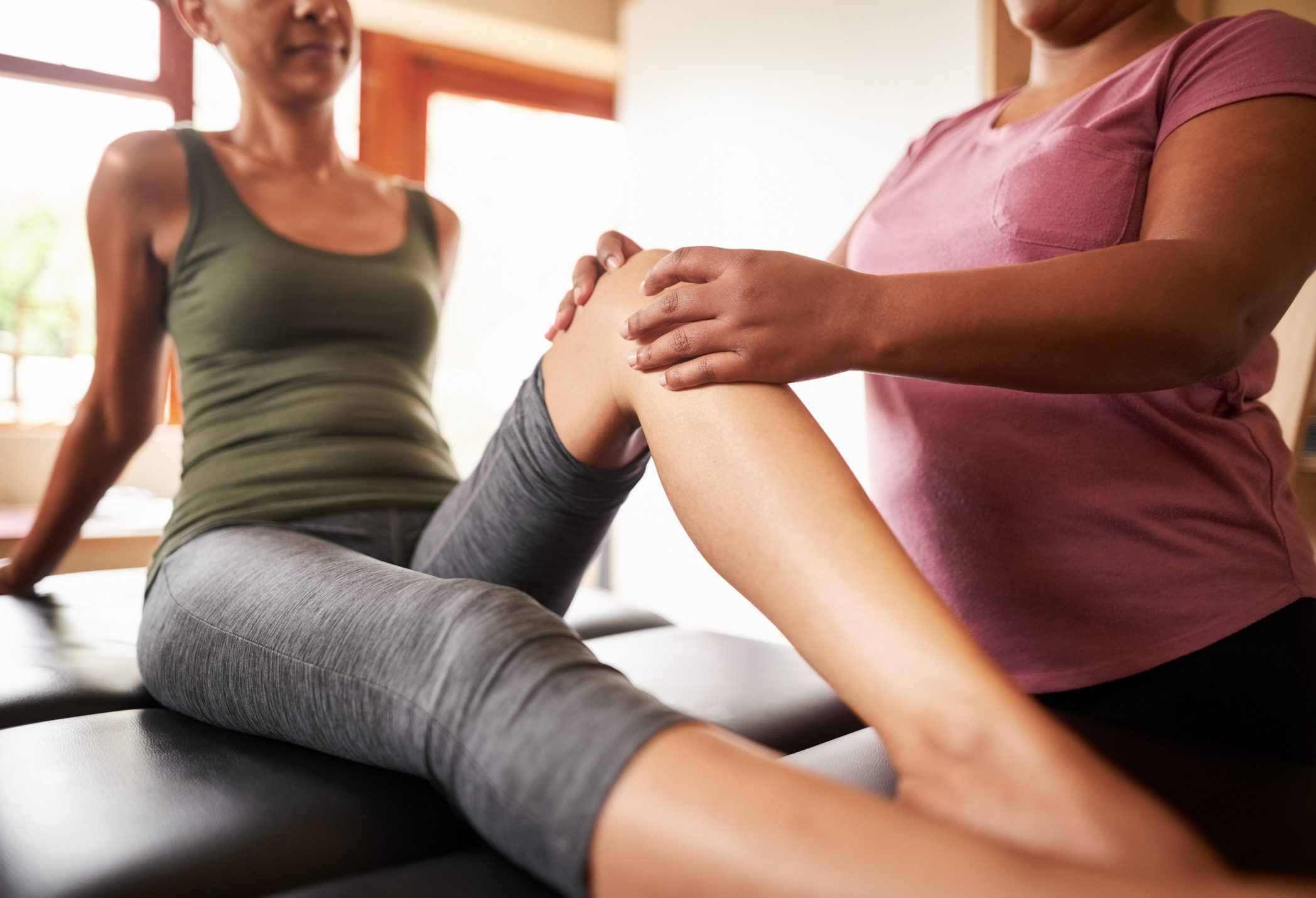
Greater understanding of inflammation
Scientists are also learning about the role of inflammation in causing different diseases, and how that’s connected to tissue decline. “We believe that Parkinson’s disease, Alzheimer’s disease, metabolic decline, flare of cancers, and other age-associated diseases are not entirely separate pathologies, but have a common cause: abandonment of tissue maintenance and repair,” Dr. Conboy says. In a vicious cycle, “excessive inflammation inhibits regenerative responses of tissue stem cells, and tissue remains un-repaired and damaged, which causes more inflammation.” In her research youthfully recalibrating old cells, she’s also found that inflammation is reduced. A greater understanding of the role of inflammation in disease, plus discoveries like Dr. Conboy’s, could lead to ways to treat age-related disease.
Avoiding these inflammation-causing foods will have you feeling a whole lot better!

More sharing of health data
Although you still probably have to fill out those paper forms every time you go to the doctor, the way medical records are gathered, stored, and shared are changing. Electronic health records let patient info be stored in the cloud for easier access. According to a survey, 77 per cent of respondents are interested in sharing their health data, especially if it helps them get better care. Electronic health records also benefit doctors—one study found that ER medical professionals said accessing health info like medication list, allergies, and medical histories through an electronic exchange was helpful in treating patients. “When health providers break out of the silo mentality of care, good things happen,” Cirillo says.
Change the way you live by reading up on these new health studies.
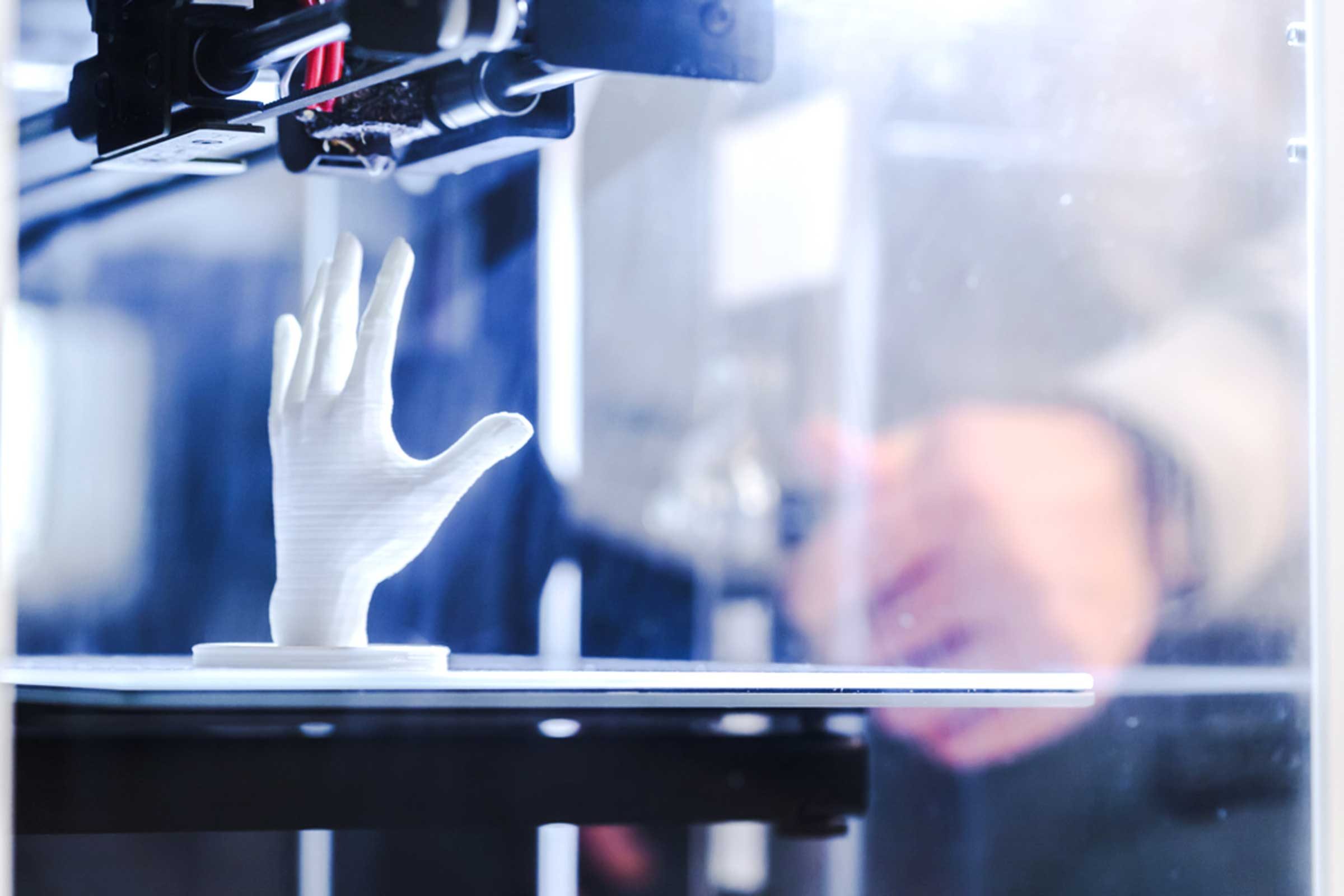
3D printing
Another technological innovation that could help older people is 3D printing of body parts that may have gotten a little worse for wear. Researchers at Wake Forest University have made advances in “bioprinting” and grown ears, bone, and muscle that were successfully implanted in animals. “With further development, this technology could potentially be used to print living tissue and organ structures for surgical implantation,” Wake Forest researcher Anthony Atala, MD, said. One medical research company aims to have 3D-printed human liver tissue to the FDA within a few years.

Tissue engineering
Other advances in new ways to grow tissue itself could help older people who are in need of replacement parts. “Tissue engineering will revolutionize our ability to repair and replace organs damaged by disease—dramatically changing the prospects for successful transplantation without rejection,” says John Barnard, MD, Chief of Pediatrics, President of The Research Institute at Nationwide Children’s Hospital and Chair of the Department of Pediatrics at The Ohio State University College of Medicine. According to the NIH, research in this area involves changing stem cells into other cell types and using lattices or scaffolds to grow new tissue.

Falling smoking rates
Perhaps the most important health shift in the past 20 years has been the reduction in smoking rates. “Smoking is the leading cause of almost every severe disease that most people fear from heart disease and stroke to cancer,” says Jyotir Jani, MD, a primary care physician with Piedmont Healthcare. Smoking does damage to your body on a cellular level, he says, and can even make your skin age faster. But the good news is that according to the CDC, smoking rates among adults are down and continuing to fall. As we stop smoking, our health span will increase.
We’ve rounded up the best ways to quit smoking.

Greater awareness of environmental factors
Although we’ve still got a ways to go, we’re learning more about how the environment around us influences our health. “The next big thing is understanding that the environment, such as air pollution and related environmental toxins, are critical factors that influence how we age and what diseases we are going to get,” Dr. Cohen says. Research shows that the older brain may be particularly susceptible to environmental influences, so helping prevent them could reduce cognitive decline.
Learn the ways climate change is making you sick.
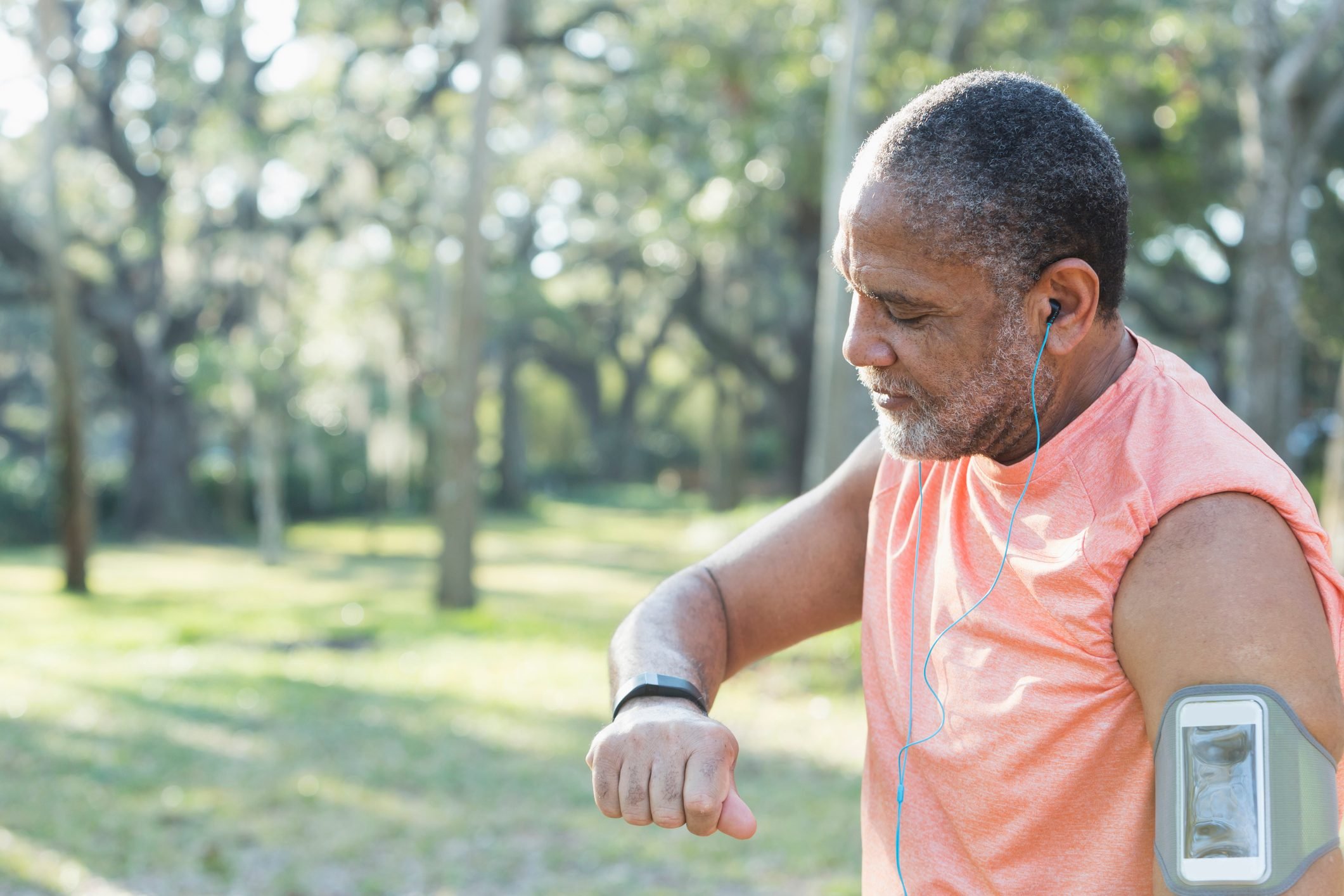
Fitness trackers
Fitbits and other fitness trackers aren’t just for the young—older people can benefit from the motivation monitoring their activity provides. There’s now “a focus on an increase in overall movement, thanks to the rise in popularity of fitness trackers,” Palinski-Wade says. A small study from the University of Wisconsin found that women in their 50s and 60s who were given Fitbits increased their level of moderate to vigorous activity 62 minutes a week and an extra 789 steps per day; women who were given pedometers didn’t have any increase. “The Fitbit provides quite a bit more depth, because it also gives feedback on intensities of physical activity,” study author Lisa Cadmus-Bertram, PhD, said. “It’s a richer and more engaging experience overall.”
Don’t believe these myths about fitness after 50!
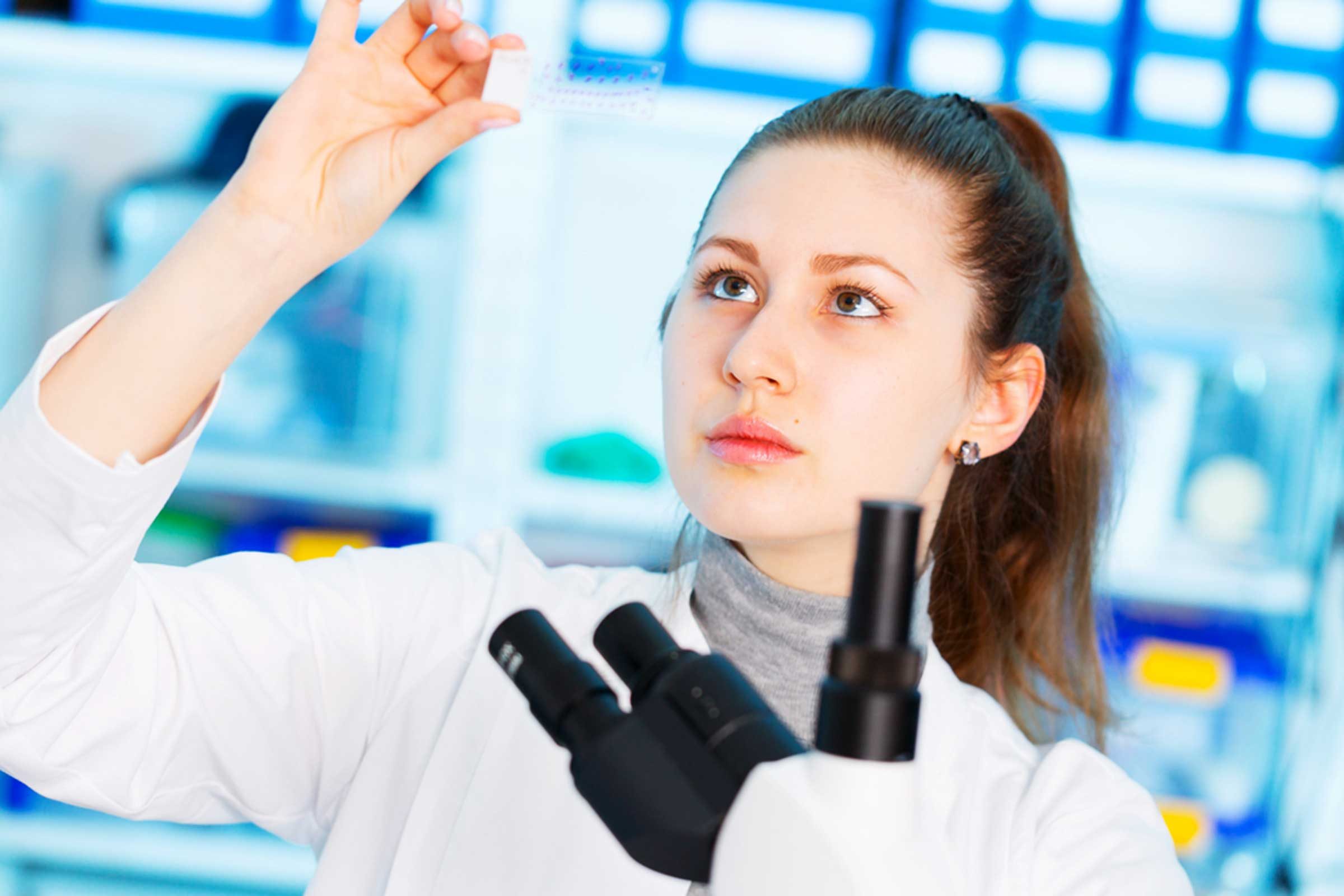
Digital pathology
Advances in the way cancer is detected will help doctors catch it sooner.With the traditional method, the doctor puts the tissue sample from the biopsy on a glass slide to be looked at under a microscope. But this approach is limiting, says Anil Parwani, MD, PhD, a pathologist at The Ohio State University Wexner Medical Center. “Digital pathology allows scientists to take those same glass slides and digitize them, creating a large image with millions of pixels,” he says. Instead of packing them up and mailing them, they can just be sent via computer. “Digital pathology allows me to get opinions from sub specialists on difficult, unusual cancers in a matter of hours—not weeks.” This approach, he says, allows doctors to more precisely diagnose and treat patients then even five years ago. “This is truly revolutionizing cancer diagnoses,” Dr. Parwani says.

Greater focus on keeping minds sharper
Part of a better attitude toward getting older is not accepting mental decline, and we now know that brain exercises can help our minds stay sharp. “There has always been the notion that as we age we lose brain matter and therefore some of our abilities to make decisions—yet there are an increasing number of studies that show we can reverse brain aging,” Cirillo says. One study showed that people who did fewer brain-stimulating activities toward the end of their lives had 50 per cent more cognitive decline, but people who did the most had 33 per cent less cognitive decline. Harvard Medical School advises flexing your mental muscles with reading, puzzles, chess, bridge, or art. “Learning new skills, like how to speak a foreign language or play a musical instrument, can help keep our memory and ability to focus sharp,” Dr. Cohen says.
Keep your brain active and youthful by practicing these brain exercises.

More interest in healthy food
Understanding more about nutrition won’t have much effect unless we actually change our eating habits—and research is showing we’re heading in that direction. A Nielsen survey found that over a third of today’s adults ages 21 to 64 valued health attributes when making purchase decisions about food. Plus, sales of foods in the “healthy” category were up seven per cent from the previous two years. These trends point to a healthier adult population as we age. “Consumers now more than ever care about consuming healthy food,” Palinski-Wade says. “They care about the nutrients they are taking in, the additives a food contains, and the impact of their food choices on health and the environment.”
These are the supposedly “bad” foods you can stop demonizing.
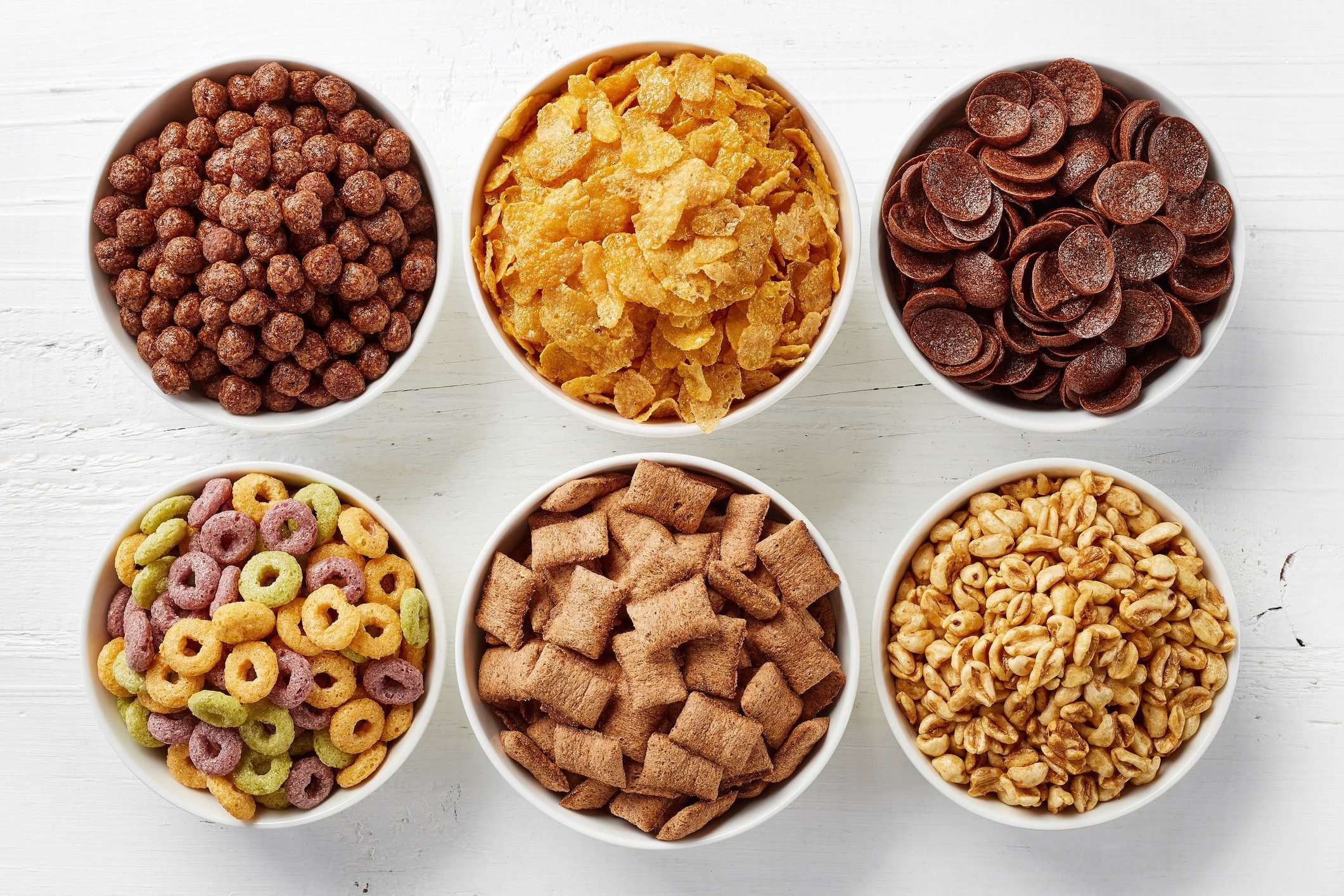
Better food production and labelling
All this demand for healthy food means food manufacturers and fast-food spots are responding with healthier, more natural products. For example, McDonald’s removed artificial preservatives from its chicken nuggets and breakfast foods. In addition, food producers are being more open about what the food contains. “This push has led to chain restaurants becoming more transparent about their ingredients and providing nutritional information to the consumer, such as calorie and sodium counts, allow the consumer to make a more informed choice,” Palinski-Wade says.
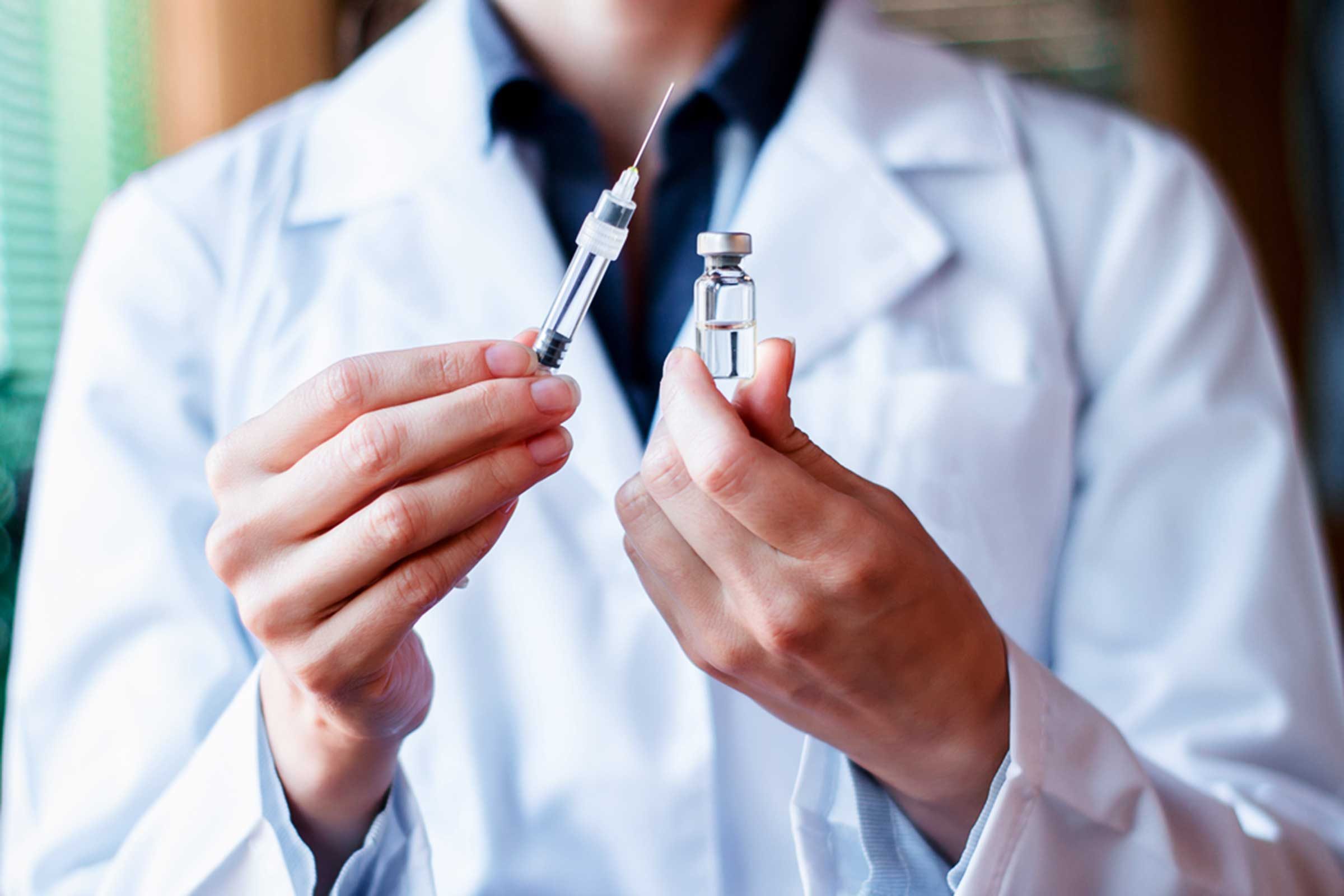
The HPV vaccine
Our ability to avoid getting diseases in the first place will help seniors live healthier in old age, and vaccines are a big part of this. For example, the HPV vaccine helps prevent cervical, head, and neck cancers caused by the virus. “There is a way to prevent this cancer before it even starts—which is a lot better than trying to treat it once it’s already appeared,” says Electra Paskett, PhD, a researcher at The Ohio State University Comprehensive Cancer Center—Arthur G. James Cancer Hospital and Richard J. Solove Research Institute. “As a global community, we need to unite around HPV vaccination as a true means of cancer prevention.” Although it’s only given to the younger generation (so if you’re a Boomer you’re out of luck), these future seniors will benefit.
These are the foods that may prevent cancer.
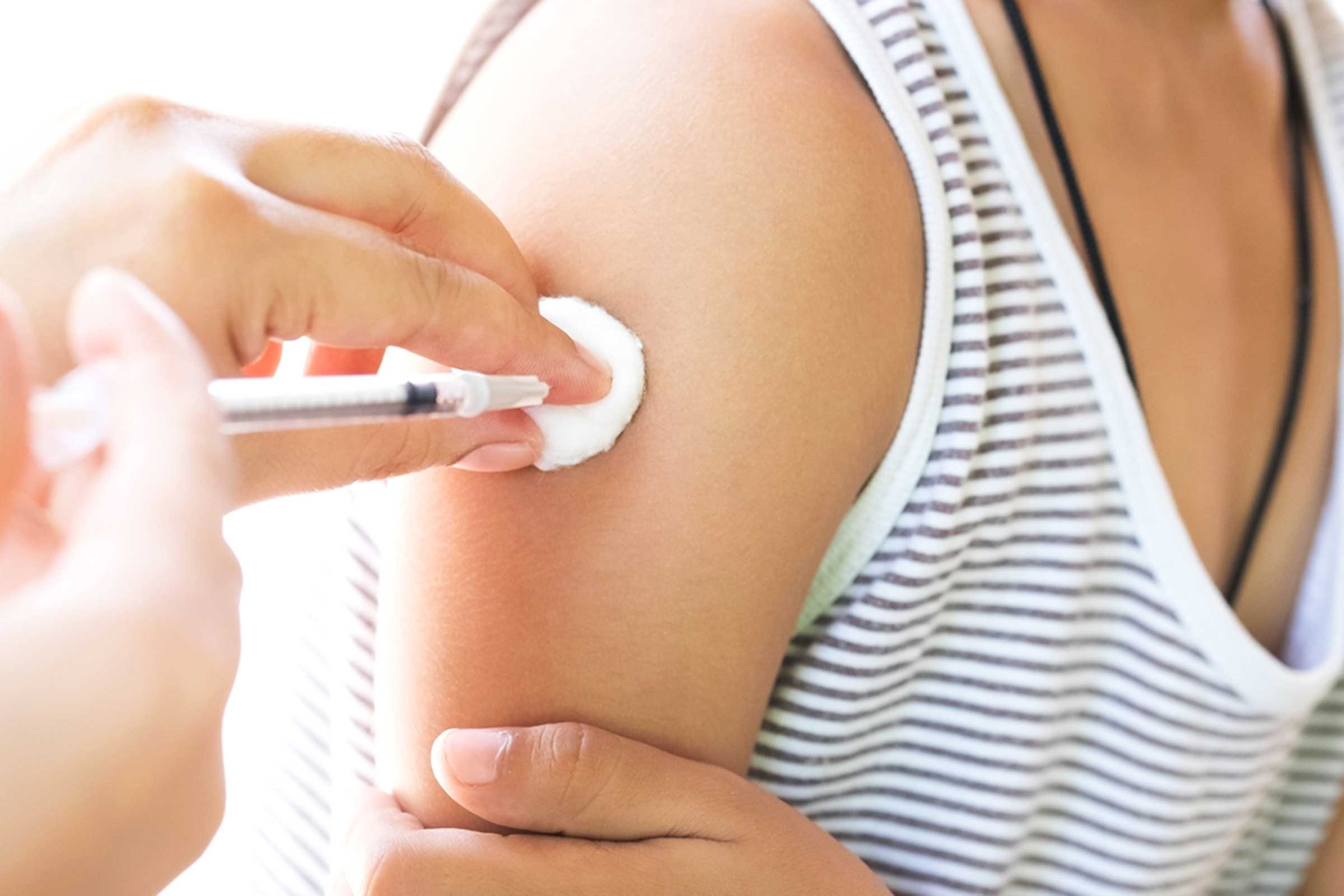
More cancer-fighting vaccines
The HPV vaccine isn’t the only cancer vaccine out there—and these can be implemented at any age. New strides in immunotherapy (using the body’s own defenses to fight disease) include vaccines that train the body how to fight cancer once it has developed, unlike traditional preventative vaccines. Cuban scientists have developed such a vaccine for lung cancer, and a clinical trial is currently underway in the U.S. A vaccine for prostate cancer is already here, and others for melanoma and brain cancer are also in clinical trials. “Custom-designed immunotherapies for cancer are a game-changer for cancer therapy and we are only in the earliest stages of this technology,” Dr. Barnard says.
Think twice about falling for these common cancer myths.

Better hygiene
As basic as it may seem, recent public health pushes for better hygiene will help keep us healthy longer. For example, we now know to cough into our elbow instead of our hand to prevent the spread of germs. And while personal hygiene is important, the growing recognition of the role of healthcare-associated infections (HAI) is crucial, too. According to the World Health Organization, there are 800,000 deaths a year from HAI.
Learn the medical reasons why you’re tired all the time.

Improved dental hygiene
Although the link isn’t totally understood, research is now showing the importance of oral hygiene for overall health as we age, too. A study from Duke University found that better oral hygiene and regular dental visits may play a role in slowing cognitive decline as people age; another found that of 5,500 women followed over an 18-year period, those who reported brushing their teeth less than once a day were up to 65 per cent more likely to develop dementia. “Inflammation from gum disease-related bacteria impacts heart disease, stroke, and diabetes,” Cirillo says. It may be that this bacteria also gets into the brain, causing inflammation and brain damage. Now that we’re aware of the link, we can be sure to brush our teeth.
Watch out for these signs of disease your teeth can reveal.

Smart phone apps
When it comes to health monitoring, there’s an app for that. Whether it’s giving you a daily workout to do or helping you track your diet, these apps have the potential to help you live better. Apps can also give you memory-improving games and puzzles and let you monitor your blood pressure. And the monitoring of the apps themselves is getting better: After concerns arose about their accuracy, the American Medical Association issued guidelines for their use, including having a clinical evidence base.

More socializing later in life
We know now that social interaction is imperative for our health as we age. “Staying active socially despite health-related challenges appears to help lessen the decline in well-being people often experience late in life,” Cirillo says. Research from the American Psychological Association shows regular positive interactions with family and friends is associated with better physical health in later years. “Studies show that strong social connections and a positive attitude are literally good for your heart,” Dr. Cohen says. “They can reduce the risk of cardiovascular disease and add happiness, health benefits and years to one’s life.” Research is showing that older people are increasingly likely to socialize—in a University of Chicago study, 75 per cent of people ages 57 to 85 engaged in a social activity at least once a week (like socializing with neighbours or attending a religious service), and those in their 80s were twice at likely as those in their 50s to do so.

Socializing online
Luckily, technology like FaceTime, Skype, Facebook and other social media are helping older people stay connected better than ever. Pew Research surveys have found that the number of seniors going online continues to increase. “These tools are essential for connections and social engagement particularly to a home-bound senior,” Cirillo says, calling them lifesavers. “More older people are adopting them and we need to give them more credit for their willingness and ability to do so.” As a more tech-savvy generation ages, we can expect to reap even greater benefits.
Concerned you might be addicted to social media? Learn how to unplug.

Better blood pressure control
New knowledge about blood pressure and new ways to treat it are crucial in helping us live better into old age. “Blood pressure is the most potent influence on limiting Americans health span, and reducing it is a critical way to improve your health and life span,” Dr. Cohen says. Doctors now advise exercise and nutrition to lower blood pressure. “However, when these interventions are not sufficient, there are multiple medications that can be employed to reduce blood pressure and improve health span and life span,” Dr. Cohen says. In addition, a recent landmark NIH study found that aiming for a target systolic blood pressure of 120 rather than 140 reduced the risk of cardiovascular events by a third. New technology is also giving doctors better ways to monitor blood pressure. All these advances can keep us in better heart health.
Don’t miss these natural remedies for high blood pressure.
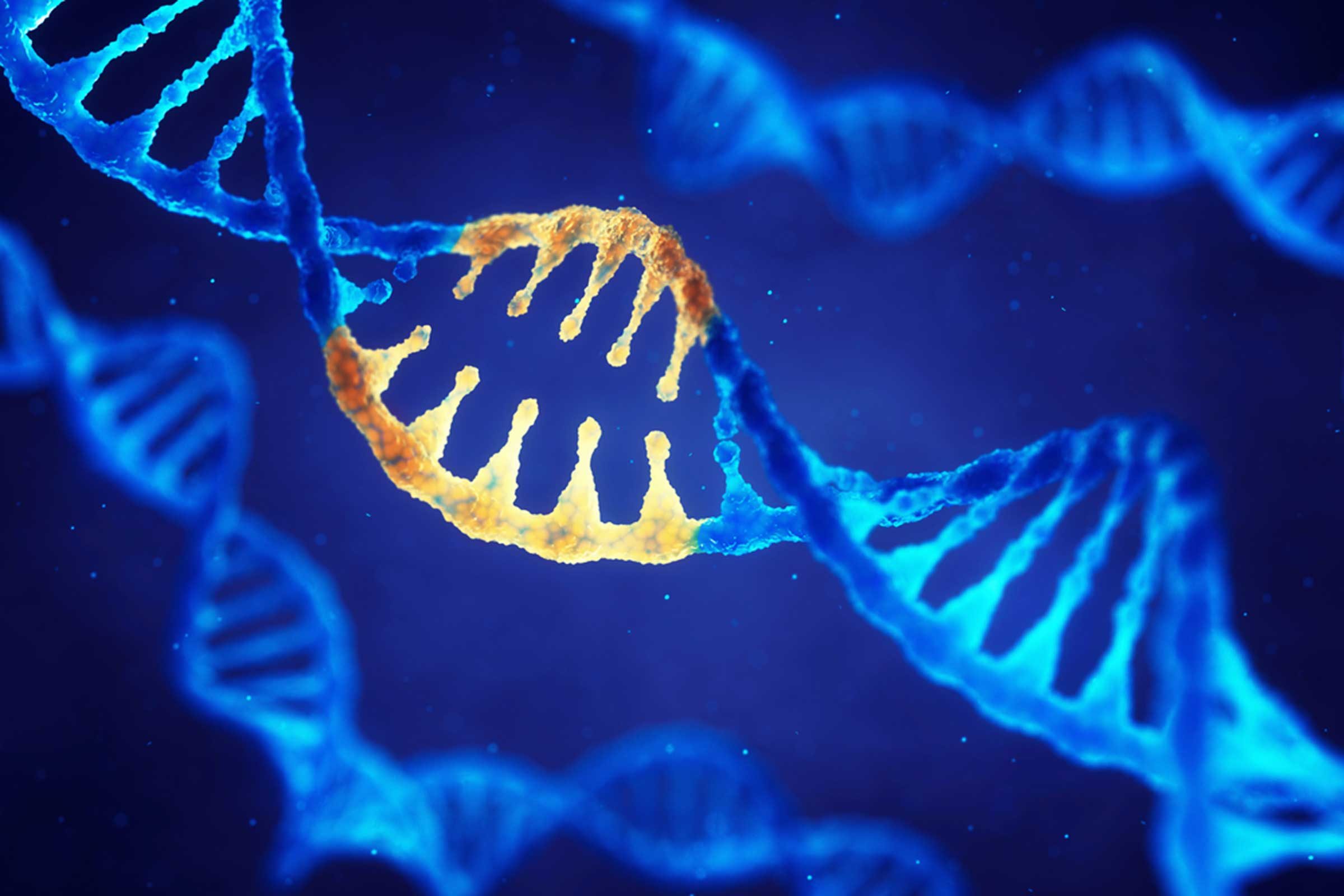
The sequencing of the human genome
With the completion of the Human Genome Project, which mapped all the genes in humans, doctors can now start to figure out which genes cause which diseases. “This has created tremendous opportunities to treat diseases based on the risk factors and modifying factors for specific diseases that individuals carry,” Dr. Cohen says. Doctors will be able to help people make specific health-related decisions based upon their unique genetic predispositions to disease. “For example, whether someone should be on a low-calorie diet, a low-protein diet, or a vegan diet would be determined by their genes,” he says. “This gives individuals the opportunity to explore creative approaches to health tailored to their own genetic risks, an idea that I’ve termed ‘personalized aging.'”

Genetic screening
Because we are learning so much more about how our genes influence what diseases we get, genetic screening is becoming even more important in terms of your personal and family medical history. “One person in a family will have testing done to find the cause of their disease, and this information may be used for other family members,” says Kim L. Mcbride, MD, MS, Division Chief of Genetics (Molecular and Human) at Nationwide Children’s Hospital. “If a person in the family with the disease is found, and a genetic variant identified, other family members can be tested prior to showing any signs of the disease for that genetic variant to see if they are at risk.” If so, they can be monitored or have preventative treatment, for example a mastectomy if they carry the BRCA1/2 gene mutation for breast cancer. Catching these diseases early means a longer health span.
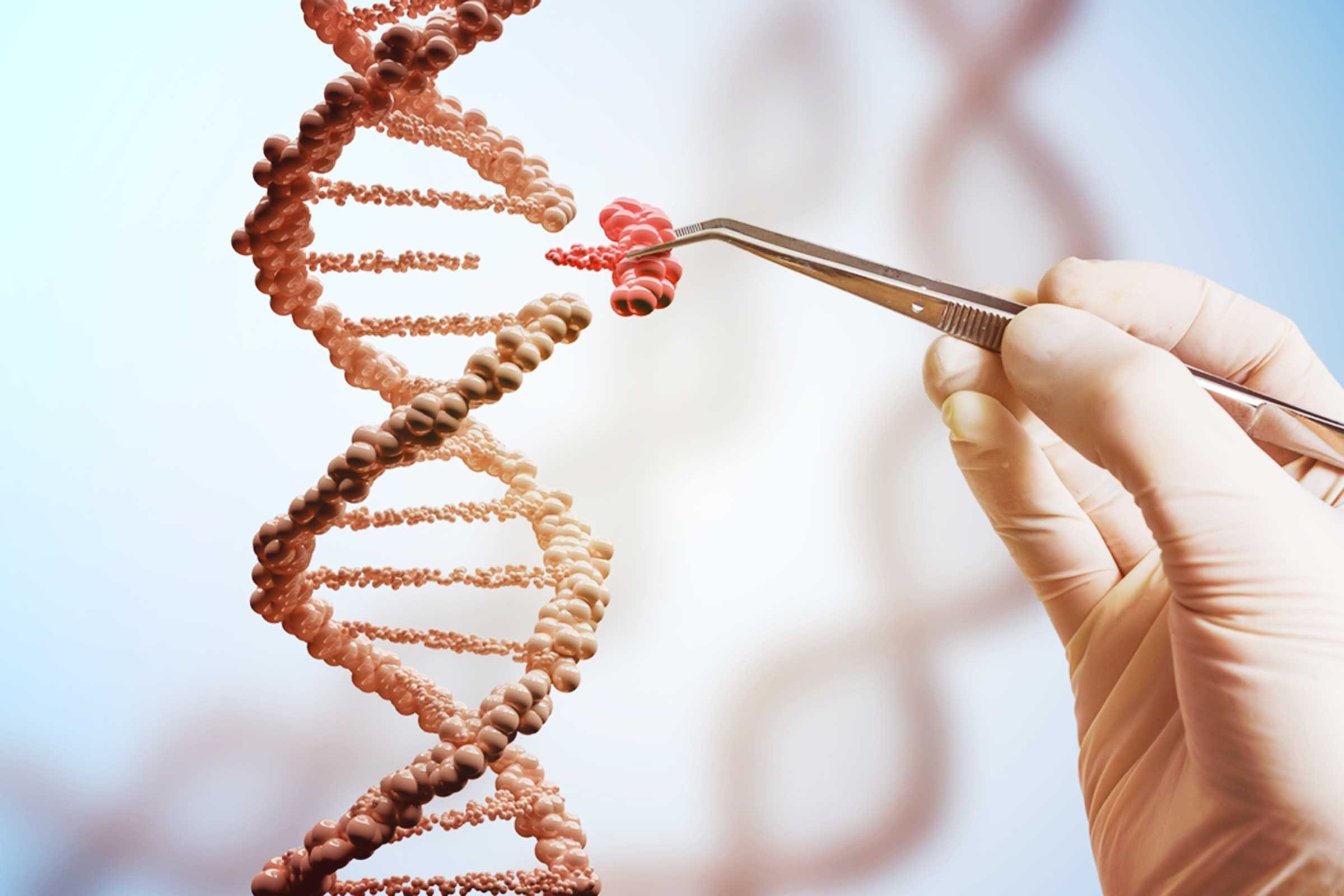
Gene editing and therapy
According to the Human Genome Project’s website, it’s likely that the major genetic factors that lead to common diseases among older people like diabetes, heart disease, Alzheimer’s, and cancer will be uncovered within the next few years. The next step will be how to “fix” them. “Gene-editing treatments using molecular scissors to repair defects in DNA will become commonplace,” Dr. Barnard predicts. In addition, gene therapy may also be able to replace faulty genes with better ones instead of using drugs or surgery to treat disease. “Gene therapy is now emerging from the research laboratory to reach patients with cures unimaginable a few years ago,” Dr. Barnard says.
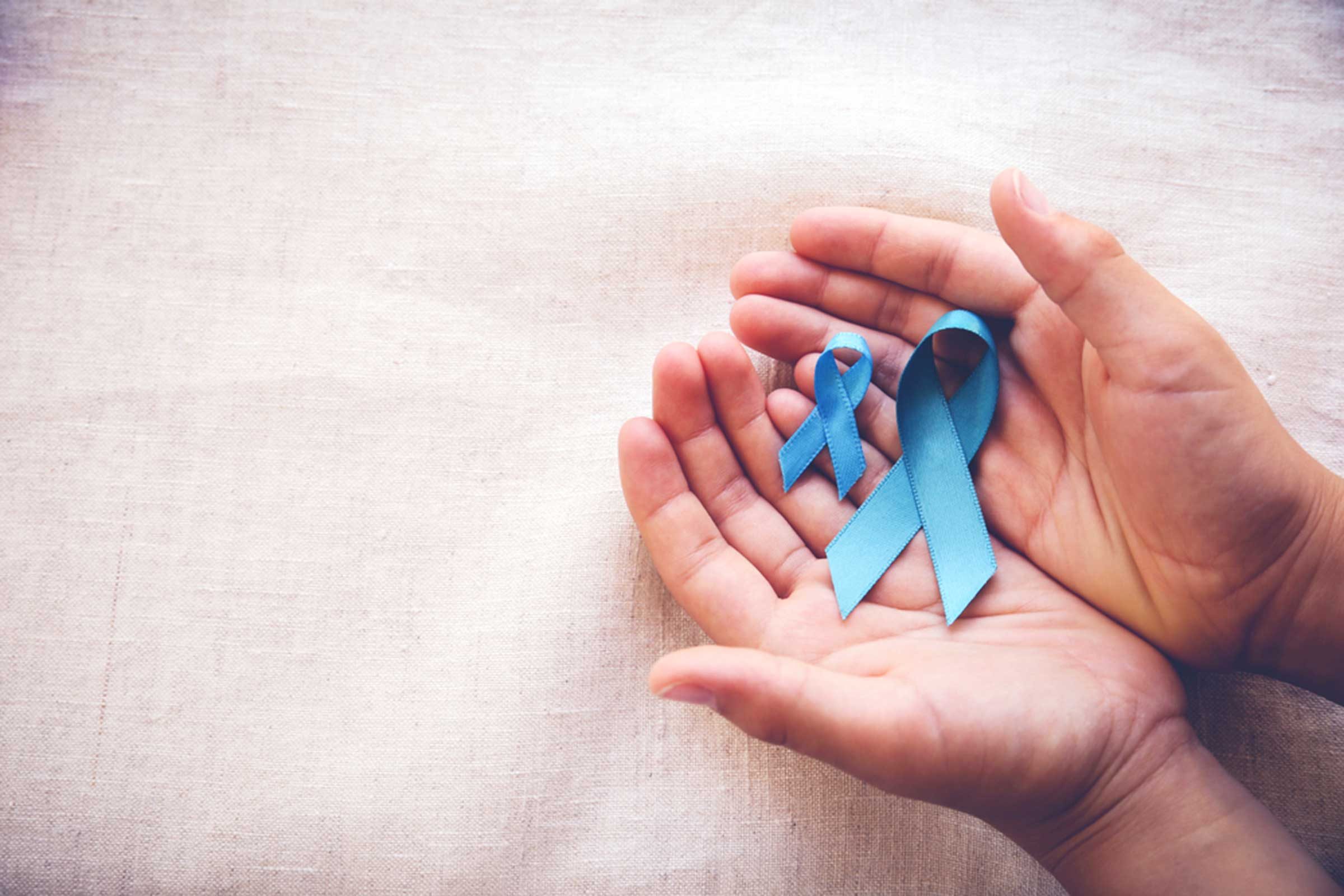
Targeted cancer therapies
A better understanding of the genetic mutations that cause cancer have led to new drugs to treat the disease, called “targeted cancer therapies.” Unlike traditional chemotherapy, which also attacks healthy cells, targeted therapy can recognize the changes that make cancer cells different, and go after only them. According to the American Society of Clinical Oncology, older adults are more susceptible to the side effects of regular chemo, although targeted therapy has some of its own, including diarrhea and liver problems.
Find out the meaning behind cancer ribbon colours.

Newer antibiotics
Older people are particularly vulnerable to infection, and the rise of superbugs that couldn’t easily be killed is even more worrisome. But in a major breakthrough, scientists from Northeastern University recently discovered the first new antibiotic in 30 years. Currently in trials, this drug, called teixobactin, could be available in the next five years, and is effective against many common infections like tuberculosis, C. Diff, and staph. In addition, the researchers developed a way to grow natural bacteria from soil in the lab for the first time, opening up possibilities for many new antibiotics in the future.
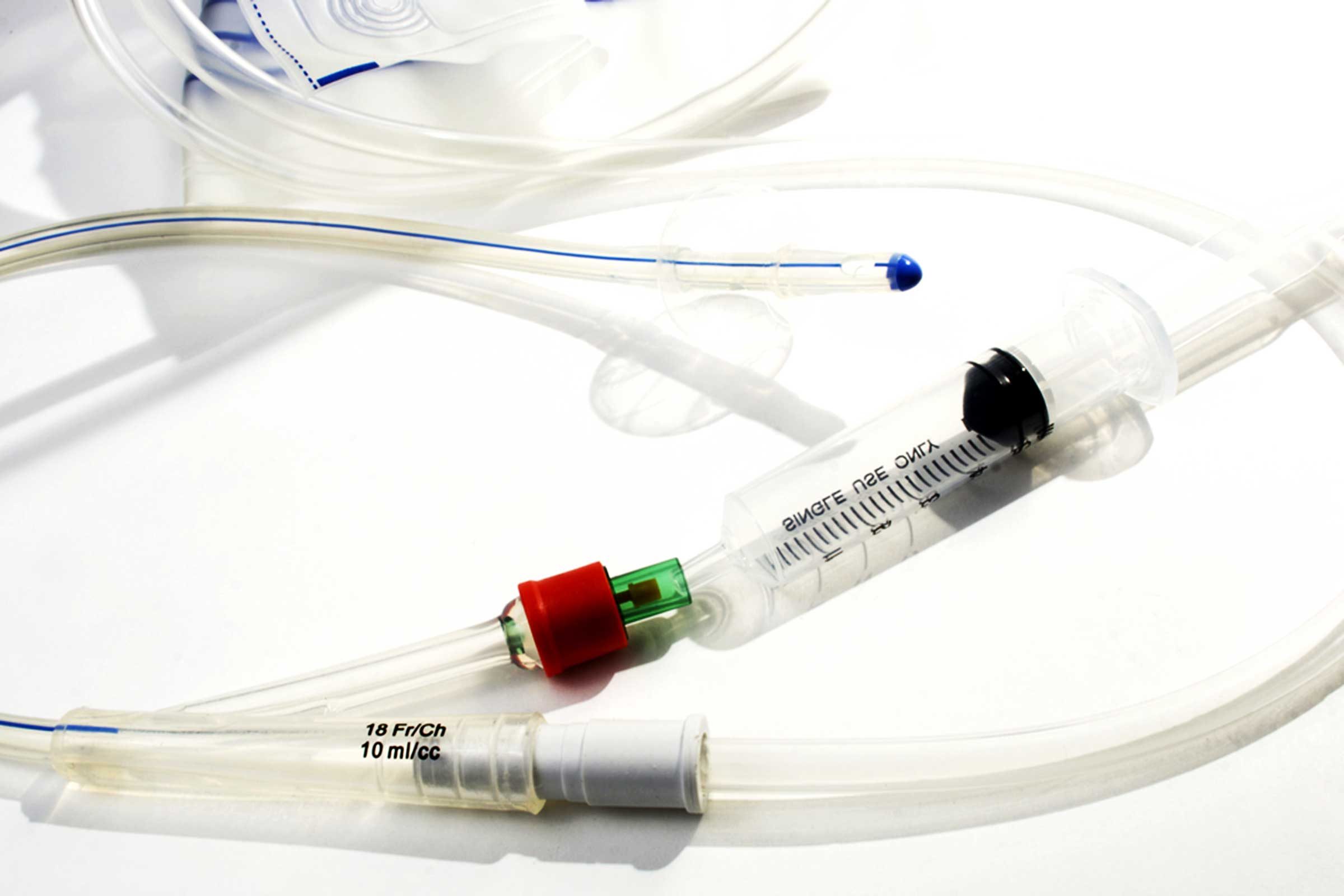
New stroke treatment tool
According to the American Stroke Association, the chance of a stroke nearly doubles every 10 years after age 55. But a new tool for treating stroke-causing clots could be a game-changer. The tool enters a blood vessel via a small catheter and can expand or compress to grab the clot and pull it out. In a study on the device from UCLA, patients (averaging age 67) who were tested with the new device recovered quicker and with few complications than with older methods. “This new device is significantly changing the way we can treat ischemic stroke,” the study’s lead author, neurologist Dr. Jeffrey L. Saver, director of the UCLA Stroke Center, said.
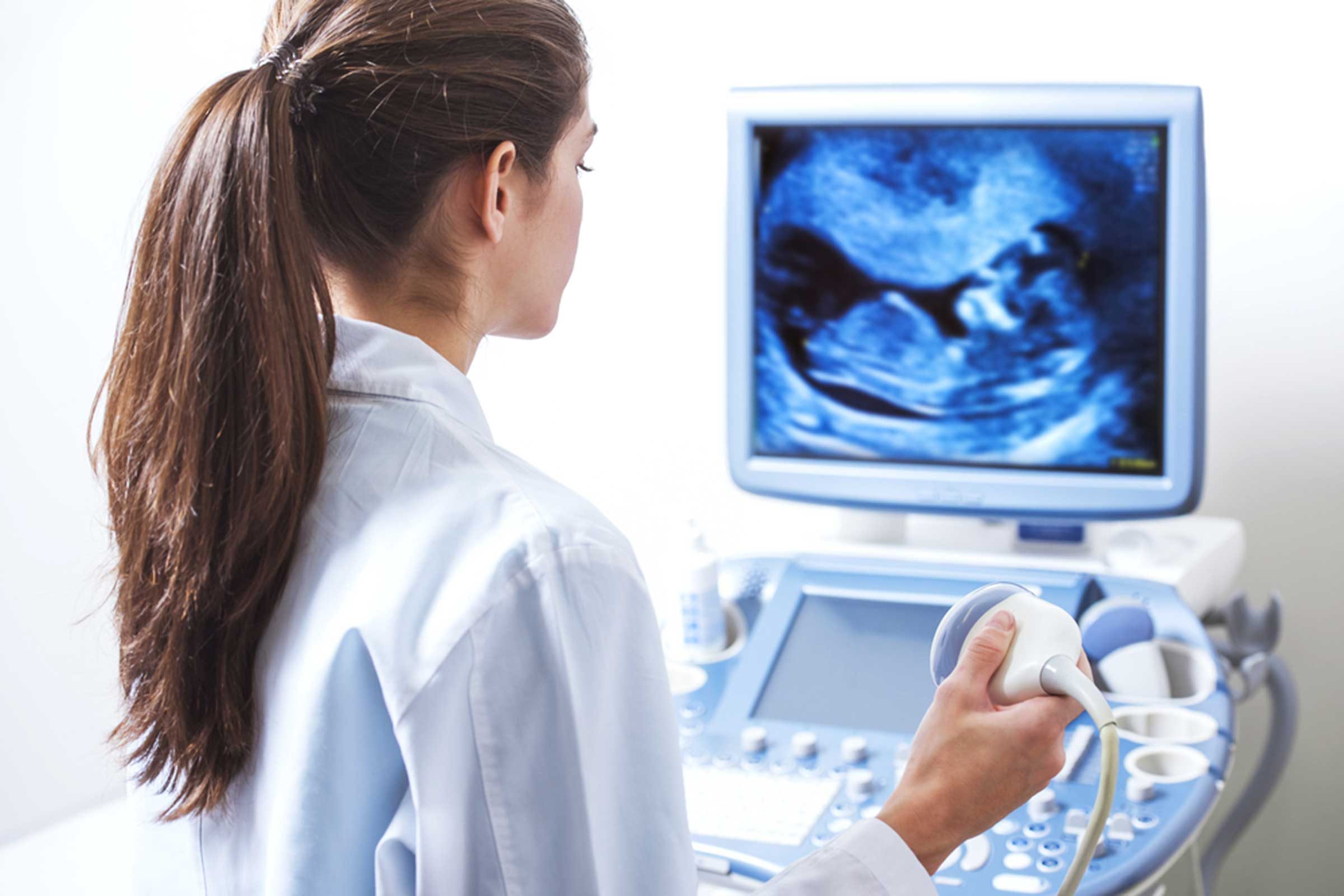
Clearer ultrasounds
Although you might think ultrasounds are only for pregnant women, they’re actually used to spot a wide variety of health issues affecting older people, including cancer and heart problems; they’re also used in the ER. They provide a clear picture of what’s going on inside you right now without any safety risks, but because they have been expensive and bulky historically, they haven’t always being used. That may be changing with portable scanners that transmit wirelessly to a smartphone or tablet. The technology is also being used in the operating room more frequently to give surgeons a better view inside the body.

Greater use of meditation
It’s long been known that the ancient art of meditation can improve your state of mind, but new research is showing that it could actually have anti-aging properties. A study from Harvard compared the cells of women who practiced Loving-Kindness Meditation, which focuses on showing warmth to others, to those of women who don’t meditate. The meditating women had longer telomeres, the “caps” on DNA that protect it from deteriorating. “Who needs expensive face creams when meditation will do the trick?” says Emma Seppala, PhD, Science Director of Stanford University’s Center for Compassion and Altruism Research and Education and the author of The Happiness Track says.

More minimally invasive surgery
One new technique that has revolutionized the operating room is minimally invasive surgery, also known as laparoscopic surgery. “Minimally invasive surgery has revolutionized the practice of surgery in the past several decades,” says Gail Besner, MD, Chief of Pediatric Surgery at Nationwide Children’s Hospital. “Operations that previously required large painful incisions can now be done through several very small incisions that are much less painful.” A study from Johns Hopkins showed that this type of surgery drastically reduces post-surgery complications that could affect your quality of life long term. In addition, it’s much less expensive, leaving patients with more money in their pockets to enjoy their golden years. “Patients that used to stay in the hospital for several days after surgery can now go home much faster—often the same day—after undergoing these minimally invasive procedures,” Dr. Besner says. “The incidence of wound infections and scarring after surgery are also reduced with the minimally invasive approach.”
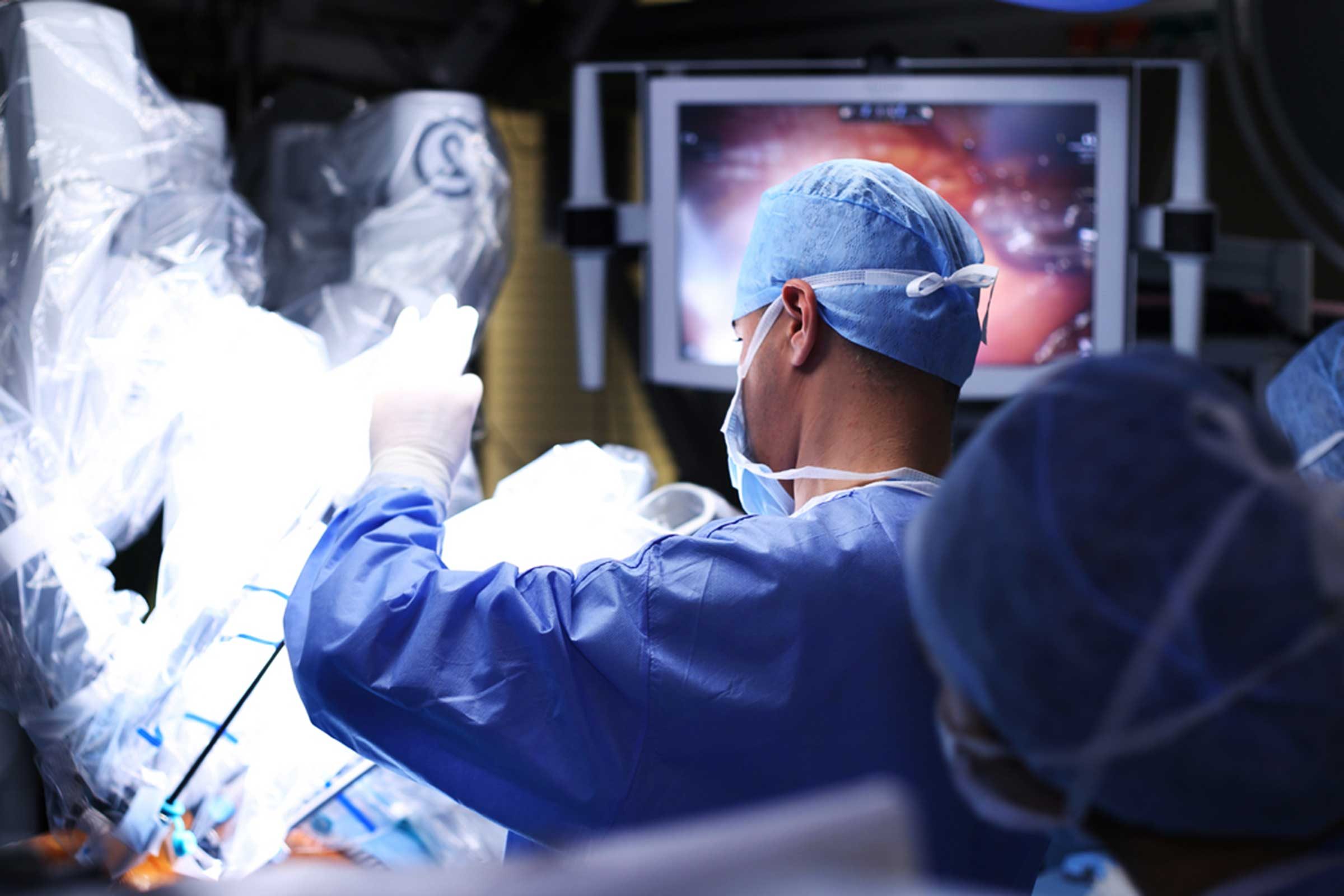
Robotic surgery
The use of robotic control to help doctors perform operations is also on the rise. “The amazing optics and three-dimensional visualization, the multiple degrees of rotation and agility associated with the robotic instruments, and the ability to work in deep confined spaces, are distinct advantages of robotic surgery,” Dr. Besner says. “Robotic surgery takes the minimally invasive approach to an even higher level.” These improvements, she says, represent a huge step forward for surgical practice. Although doctors are still debating whether robotic surgery is better overall, the American Cancer Society says its advantages for prostate cancer surgery (which are now done 80 to 85 per cent robotically) are more maneuverability and precision. And the first-ever robotic procedure on an eye was recently performed, which successfully treated a membrane growth common in older people, and preserved vision with a more precise technique than human hands can do.
Here’s everything you need to know about knee replacement surgery.
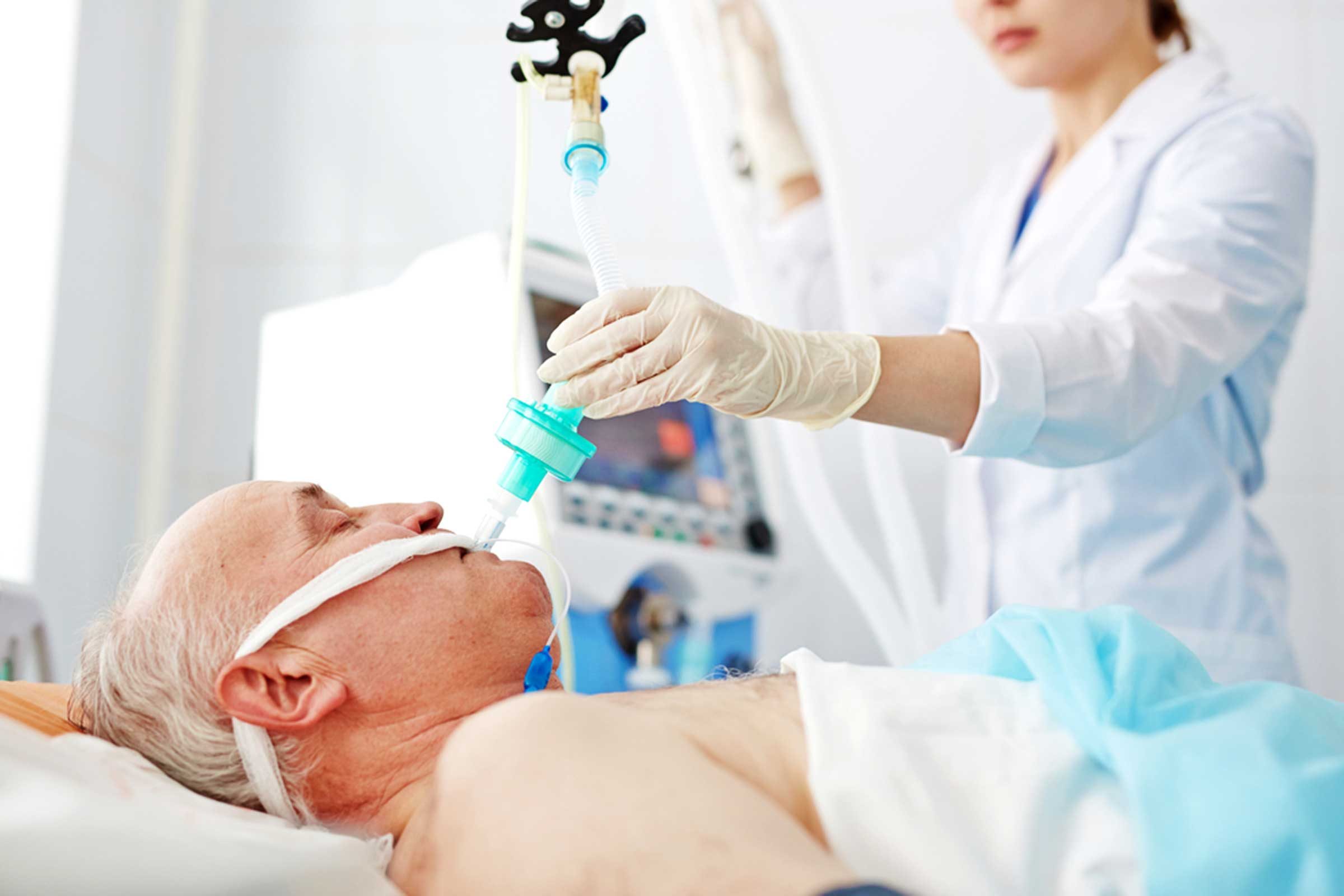
Natural orifice surgery
What’s better than making small incisions? How about no incisions at all? Called natural orifice translumenal endoscopic surgery (NOTES), the technique involves using your natural openings to enter the body with a tube to perform surgery. For example, the Natural Orifice Surgery Consortium for Assessment and Research (NOSCAR) says the mouth, rectum, vagina, or urethra could be used. Although technically difficult and available only at certain medical centers, NOTES could be the next paradigm shift in surgery, NOSCAR says. According to the Yale School of Medicine, the advantages to this “scarless surgery” is quicker recovery, less pain, and fewer complications like wound infections for procedures like gallbladder removal, which are common in older people.
Don’t miss these secrets to looking younger!

Telesurgery
If doctors can operate robotically across the room from a patient, why not across the country? Another future innovation to surgery may be the ability to perform procedures remotely, which could improve more elderly patients’ ability to receive high-quality care, especially if they’re located in rural areas or can’t travel. Florida Hospital Nicholson Center conducted experiments that determined such surgery is safe and effective. Logistical and legal considerations, like needing a surgeon on-site in case of emergencies and figuring out who is liable if something should go wrong, would need to be worked out, but experts predict we’re headed in this direction.

Telehealth
In addition to remote surgery, our increasingly connected world is making it easier for older people to get the best care possible no matter where they are. “Telemedicine and telehealth are important advances because they allow health professionals to monitor people on a continuous basis and from afar,” Cirillo says. “This allows interventions sooner to keep people healthy.” Telehealth includes live video for consults and diagnosis, remote patient monitoring in which info gathered at one location is sent to another, and contact between specialists from major medical centers and local doctors in remote areas, according to the Center for Connected Health Policy.
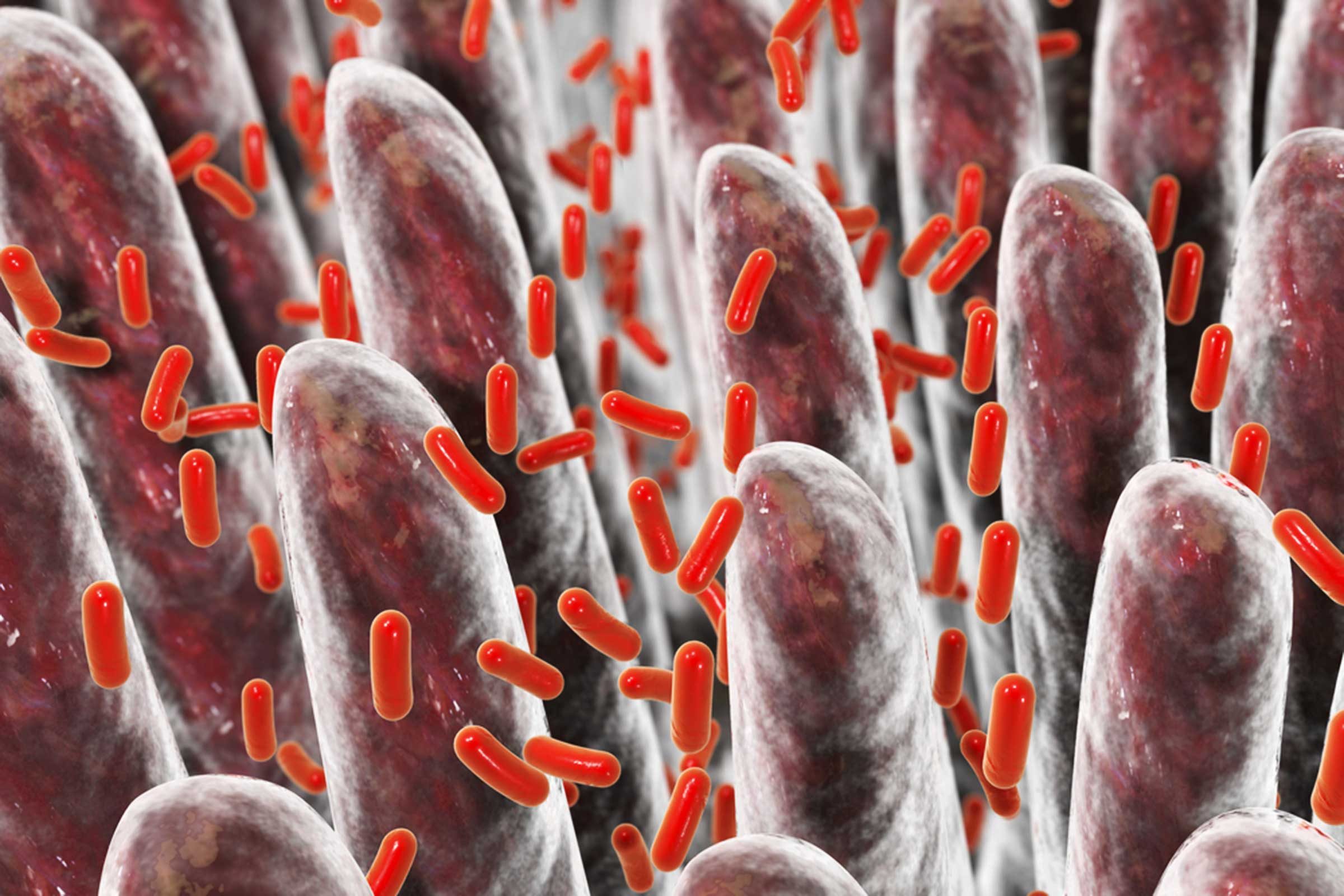
More research on gut bacteria
One of the next major frontiers of medical research has to do with the microbiome—that is, the collection of “good bacteria” in our intestines. “We are learning more than ever about the human biome,” Palinski-Wade says. “As we understand the importance of gut bacteria on everything from appetite regulation, to mood, to disease prevention, this changing area of science promises to provide effective ways to protect against future disease.” Studies have even found links between gut bacteria and Parkinson’s and Alzheimer’s.

Better understanding of the role of stress
Although working hard can be a good thing, we’re starting to understand the importance of work-life balance, and how stress from our daily lives can impact our health. “Reducing stress reduces the strain on the mind—it is the mind that drives all of our activities, and there is a strong mind-body connection,” says Dr. Jani. This could lead to chemical changes and more free radicals, which cause cell damage, heart disease, high blood pressure, and even cancer, he says. According to the National Institute of Mental Health, stress coping programs and techniques can help. As more of us implement them, we’ll avoid the health pitfalls stress drags us into.
Learn to spot these silent signs of stress.
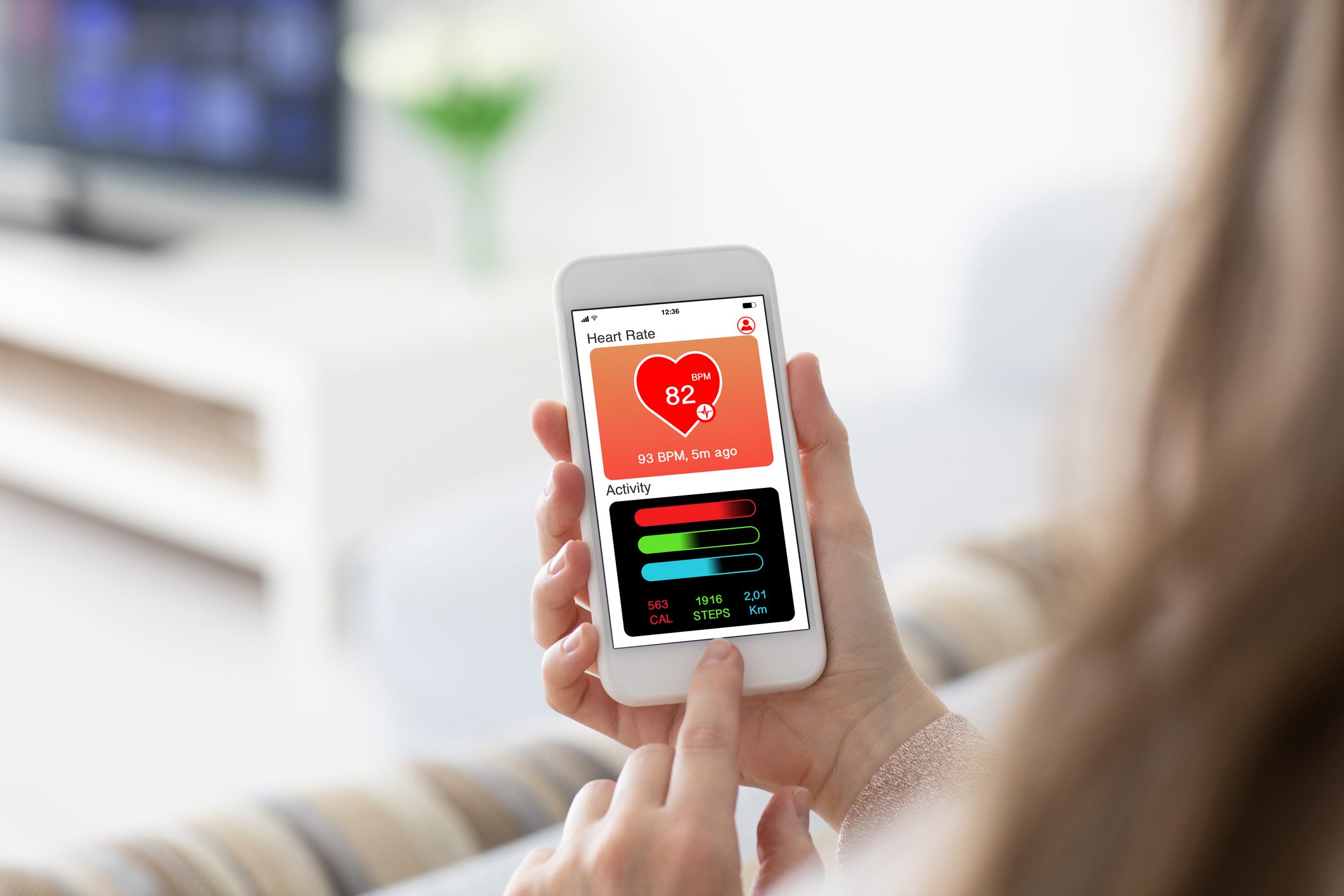
Wearable health sensors
Beyond Fitbits, new ways to record your health info is becoming available, allowing you to collect and share data with your doctor more easily, as well as make you more accountable for your health as you age. At the Consumer Electronics Show, a number of new innovations in health sensors debuted: a shirt embedded with heart-rate monitoring sensors, earbuds that measure core body temperature, a glucose watch sensor for diabetics, and a wearable ECG monitor with accompanying smartphone app. “These are tremendously important new developments that help motivate people to increase their adherence to healthy lifestyle changes and also help them monitor their success,” says Dr. Cohen.
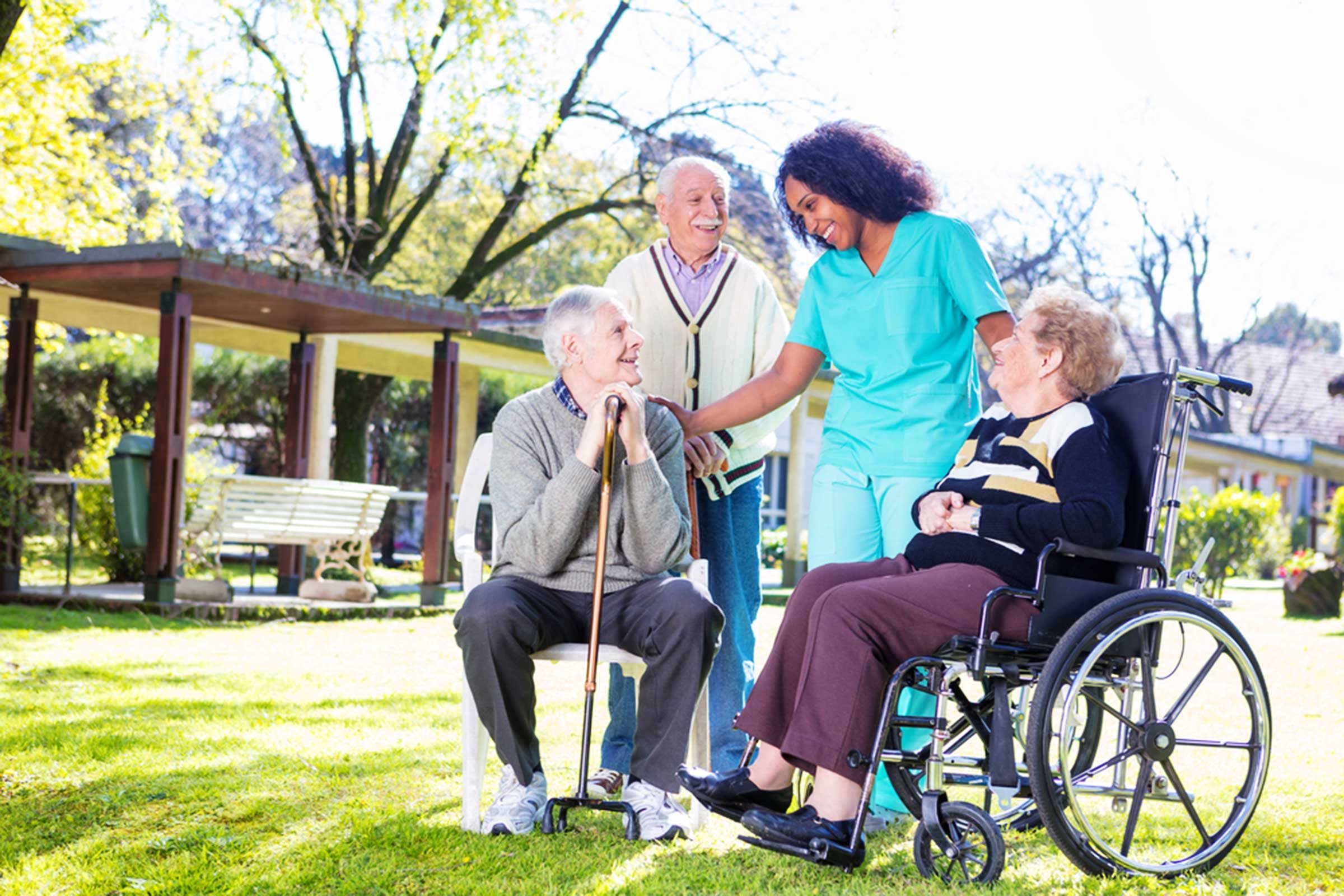
More personal tech innovation
In addition to wearables, new at-home innovations will help a new generation of tech-savvy older adults live better. At the Consumer Electronics Show, a medication tracker premiered that helps patients remember their meds by sending out audio-visual alerts and scanning each medical container when you take your pills. Family members can even be alerted if a scan is missed to help you monitor. Another cool tech product that debuted was a “smart” spoon and fork that correct for Parkinson’s tremors, and also record data about the tremors that can be shared with the patient’s doctors. All of these home aids are part of how the Internet of Medical Things (i.e., any smart device connected to the internet) will make health monitoring easier and cheaper for seniors in the not-so-distant future.
Drug safety experts reveal the questions you should ask your pharmacist to avoid medication errors.
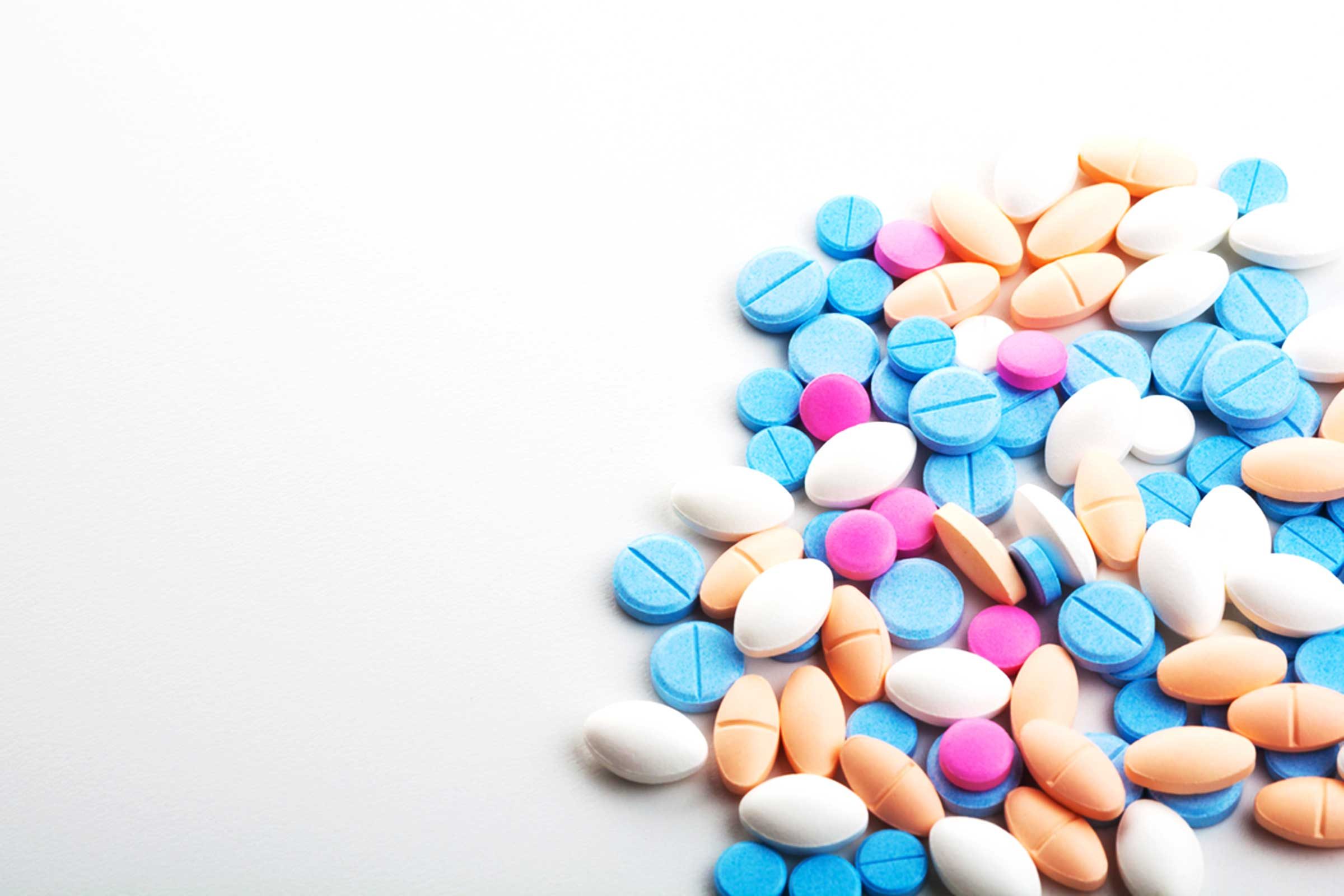
New ideas about “nursing” homes
Along with a different view of getting older itself is a different view of where we will live as we age. Instead of living alone (since isolation decreases your health and quality of life), shared communal housing is a way to keep engaged with others. “I have learned from residents in nursing homes who are living a quality of life in the very places the general consumer associates with death,” Cirillo says. “I talk about a specific woman, Jean, who went into a nursing home looking at it as a place to live her next chapter, not a place to die. She thrived in the environment.” Old-age homes themselves are changing as well: The “Babayaga” home in Paris (named after a folklore witch) began as a group of older women living in one apartment building, sharing chores, and doing community activities. That model has expanded to other homes in France and Canada.
These tips will help you make the most of aging in place.
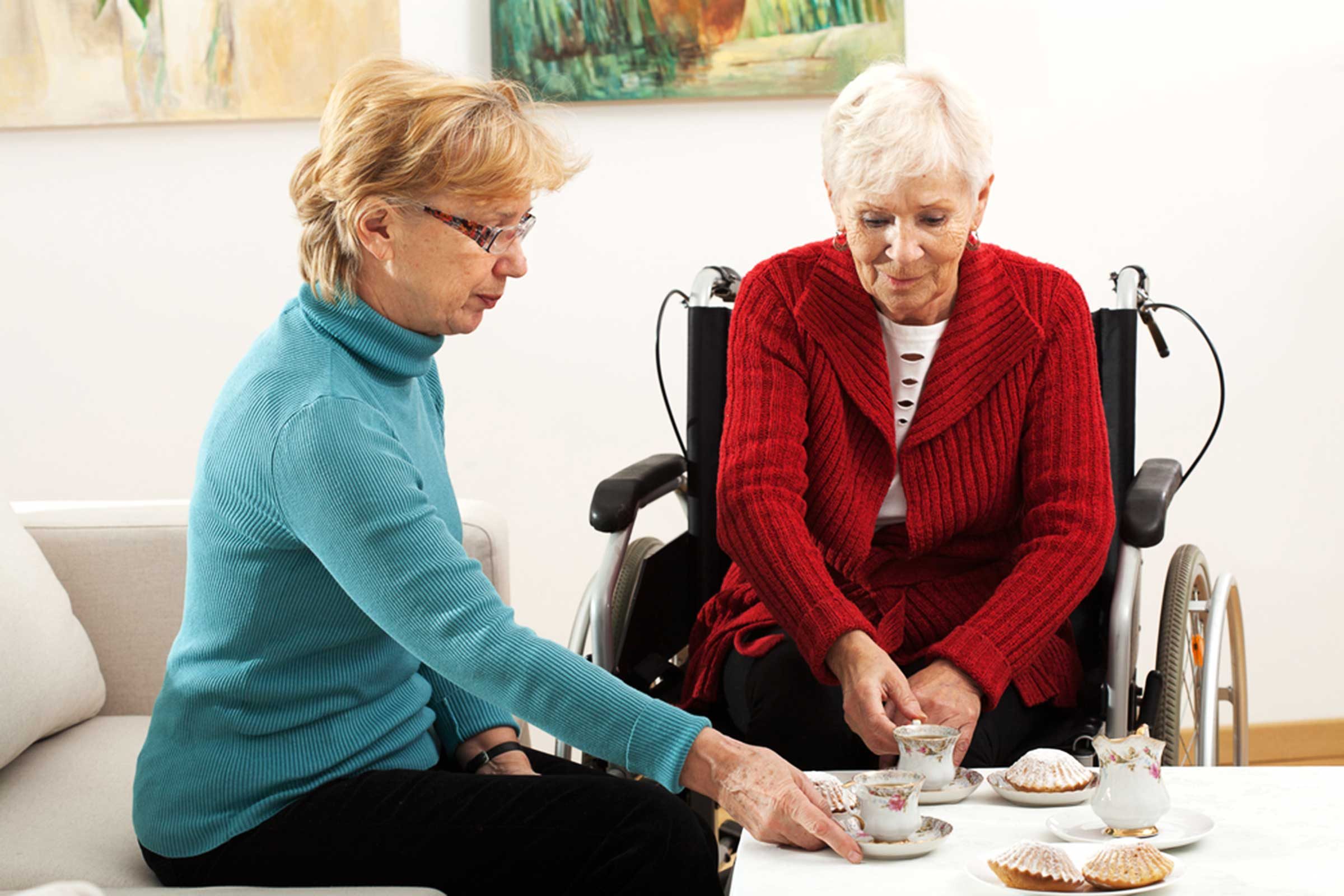
More senior living options
Another new option for senior living? Grannypods. It’s an alternative to both a nursing home and moving in with your children—instead, this little cottage can go in a backyard, so both you and your family can have your space. But if you’d still rather have your own home, consider house sharing—basically, housemates for older people, like Golden Girls. A Census Bureau survey found that the rate of older women living together has grown in recent years, and home-sharing websites for seniors are popping up. Plus, charging a modest rent to a roommate may allow an older person to stay in their home longer while at the same time combating the negative effects of loneliness. “Fifty-one per cent of people over 75 live alone,” Cirillo says. “Twenty-six per cent face an increased risk of death due to subjective feeling of loneliness, and more than eight million adults age 50 and older are affected by isolation.” New housing options will change that for future generations.

More volunteering, more health benefits
Having a more positive attitude about your age may lead to doing more activities that further improve the quality of later life, such as volunteering. With more time on their hands after retirement, older adults are contributing more volunteer hours in a year than any other age group, according to the Corporation for National and Community Service. Increasingly, older adults are interested in giving back and making a difference—a recent University of Illinois study found that the number of older U.S. adults volunteering abroad increased 60 per cent in less than a decade.
All this volunteering has been proven to benefit seniors: A Johns Hopkins study of people age 60-86 who volunteered in an elementary school had better physical, cognitive, and social activity after eight months.
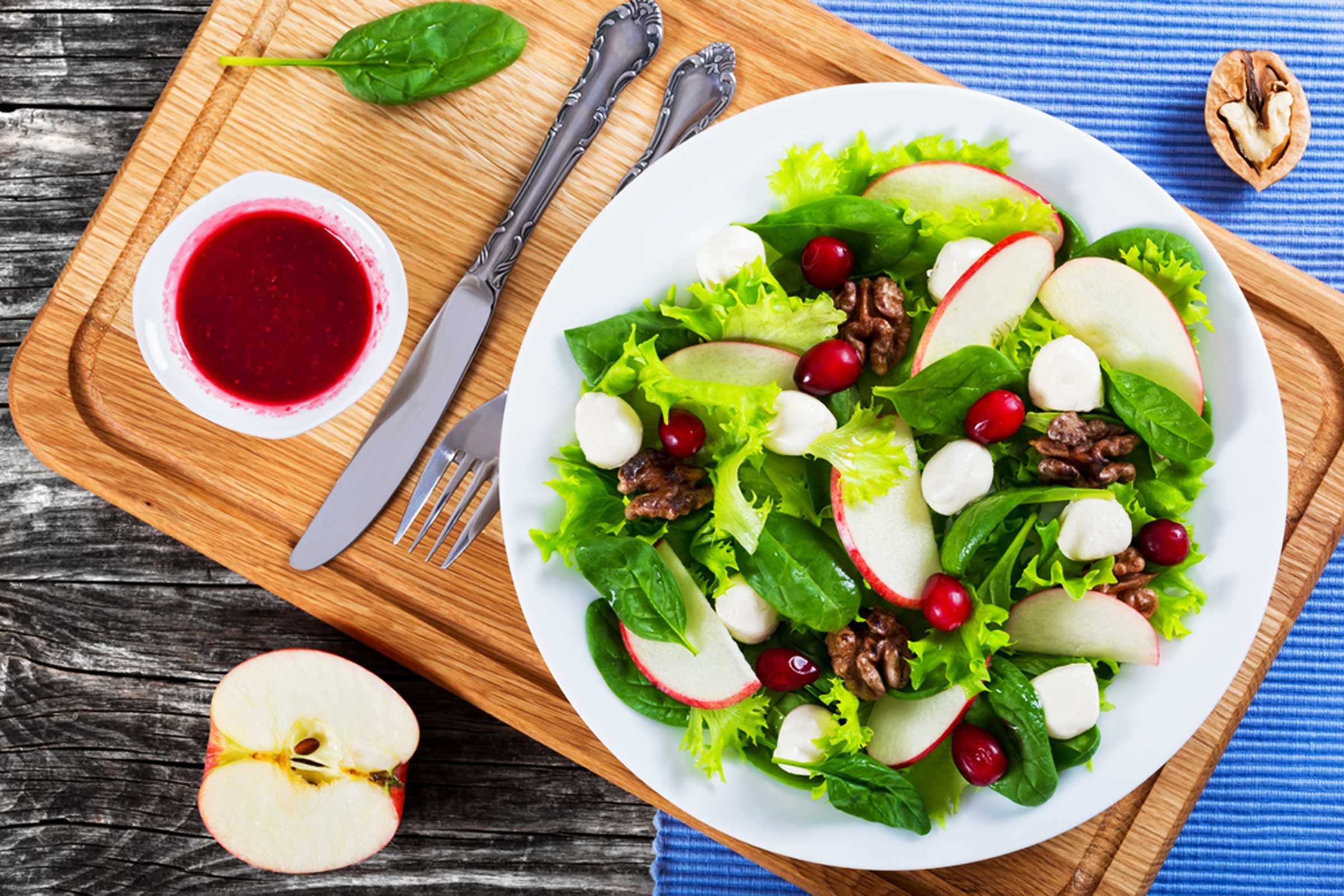
Greater understanding of social determinants of health
Our state of health, especially as we age, is not just about genetics or biology. Public health experts are starting to understand the economic and societal factors that impact people’s health. “Less a breakthrough than a cultural adjustment is the realization that most medical issues are not just medical issues but social issues,” Cirillo says. “What people call the social determinants of care—food security, transportation, etc.—all play a role in health.”
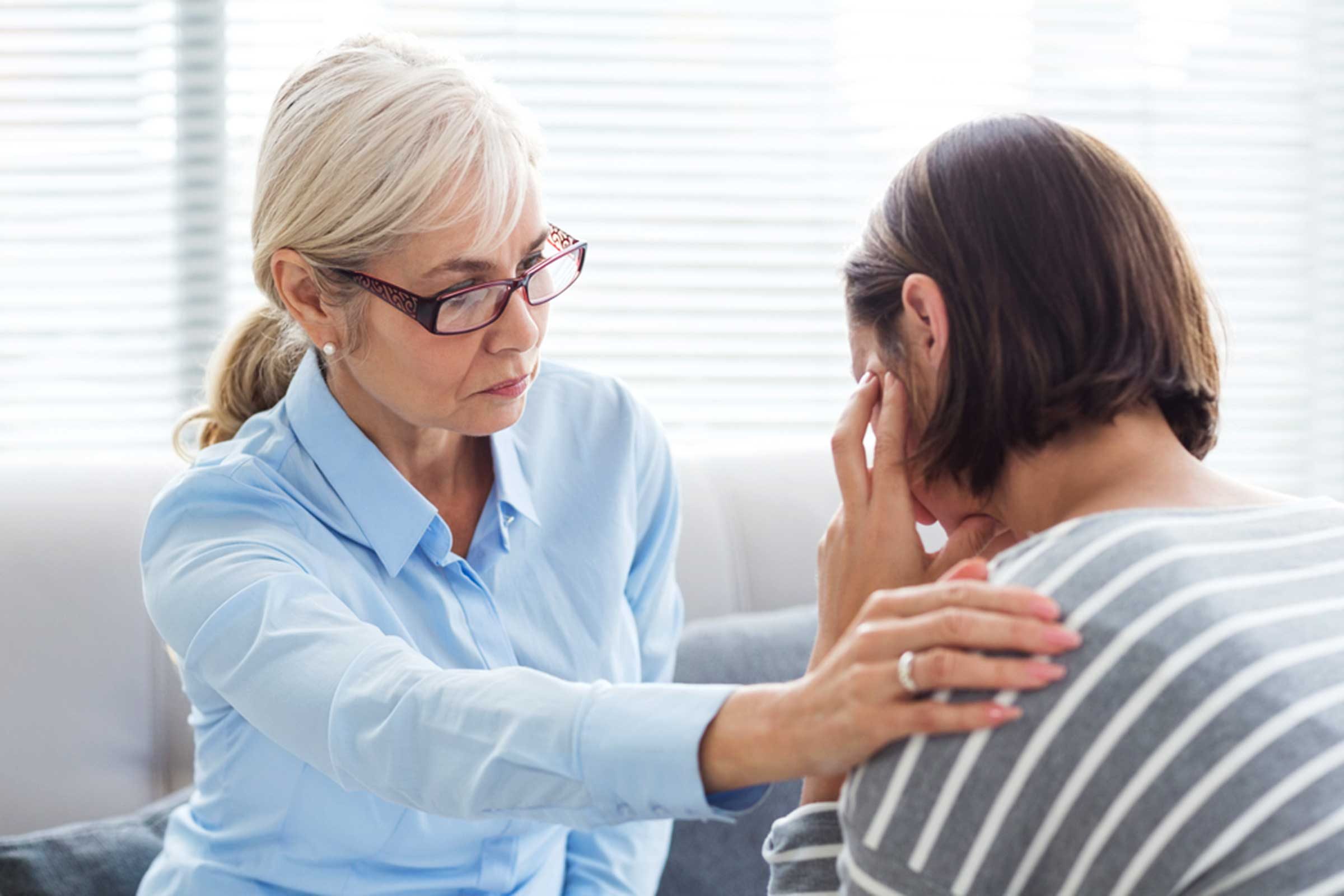
Recognizing the importance of mental health as we age
Another factor we’re discovering is important in elderly people’s quality of life is mental health. Growing old isn’t easy, and older people are prone to depression due to isolation, bereavement, and health issues. According to the CDC, 20 per cent of people over 55 experience some type of mental health concern, and older men have the highest suicide rate of any age group. But the recognition that depression is not a normal part of getting older is leading to public health initiatives that focus on improving our mental health in later years. In addition, as the stigma around mental illness fades, more seniors may get help.
Find out the signs you could have high-functioning depression.
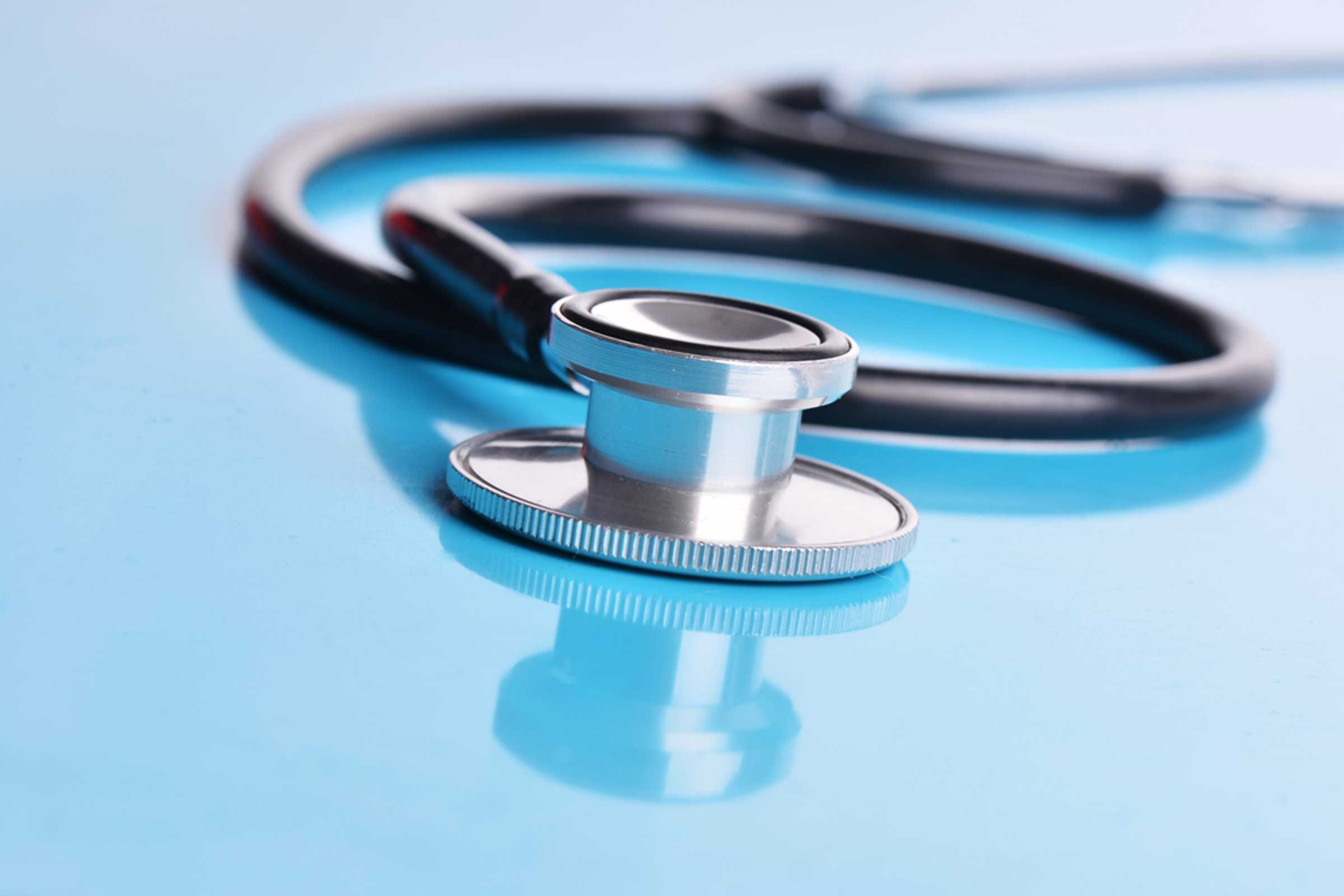
Big data
All of these recent medical discoveries are being taken together to allow doctors to have a bigger picture of how diseases develop as we age, and what we can do to prevent them. The National Institutes of Health “All of Us” research project is gathering this info on a million or more Americans as part of a “Precision Medicine Initiative” to develop individualized care. “Never in history has biomedical science been better poised to impact health and improve disease outcomes,” Dr. Barnard says. “We have for the first time the ability to use large volumes of data—so-called big data—to synthesize a snapshot of a person’s current health and also their risk of disease in years ahead.”
Next, check out the vitamins your body needs to stay healthy.